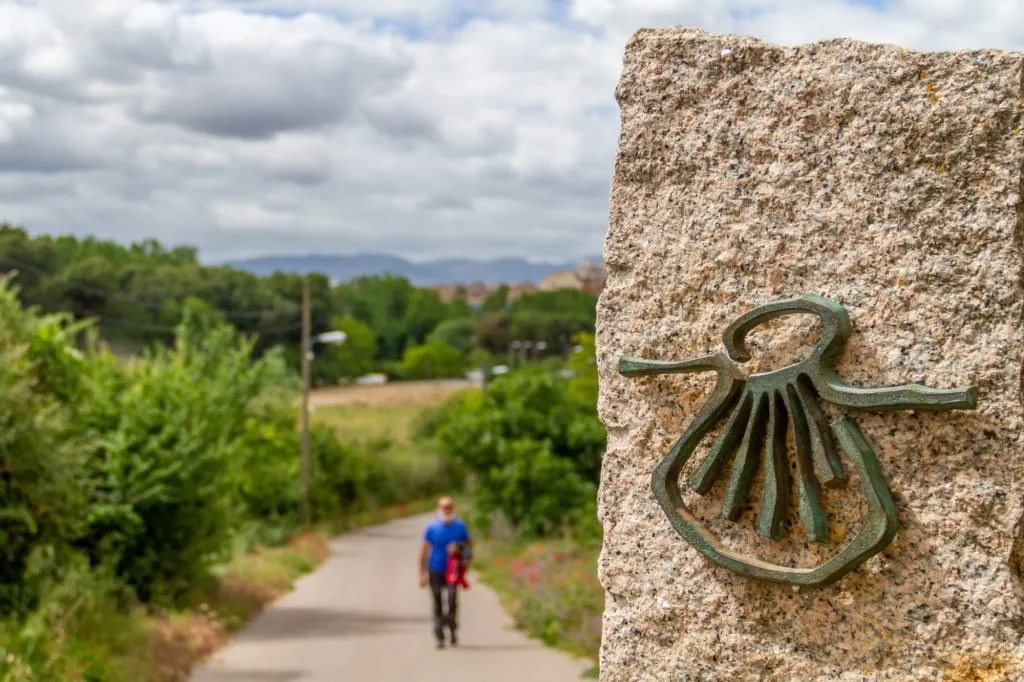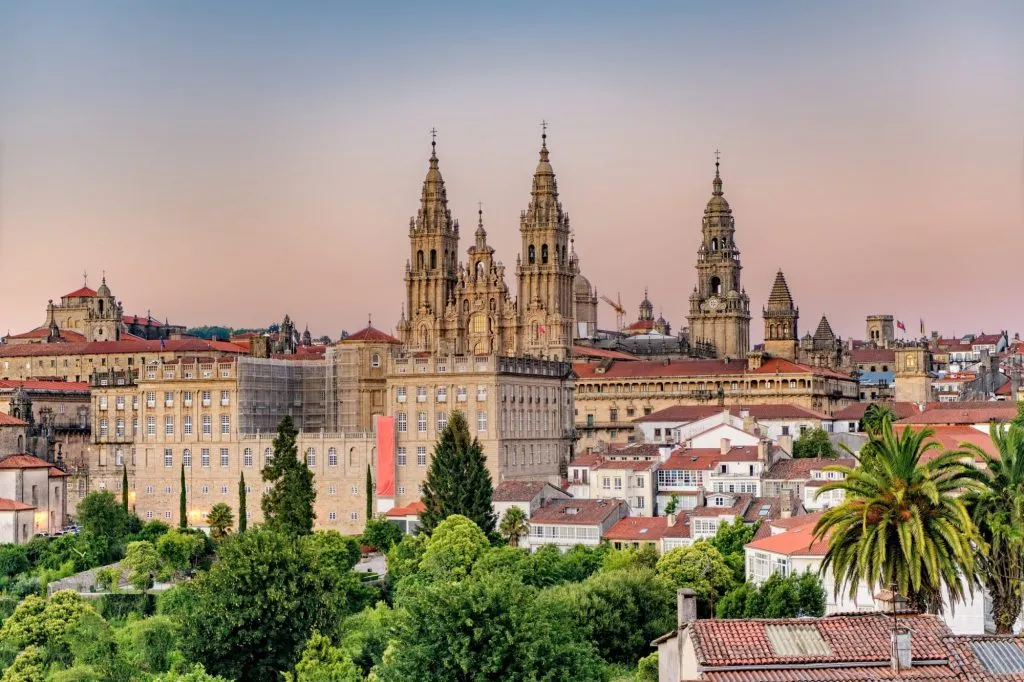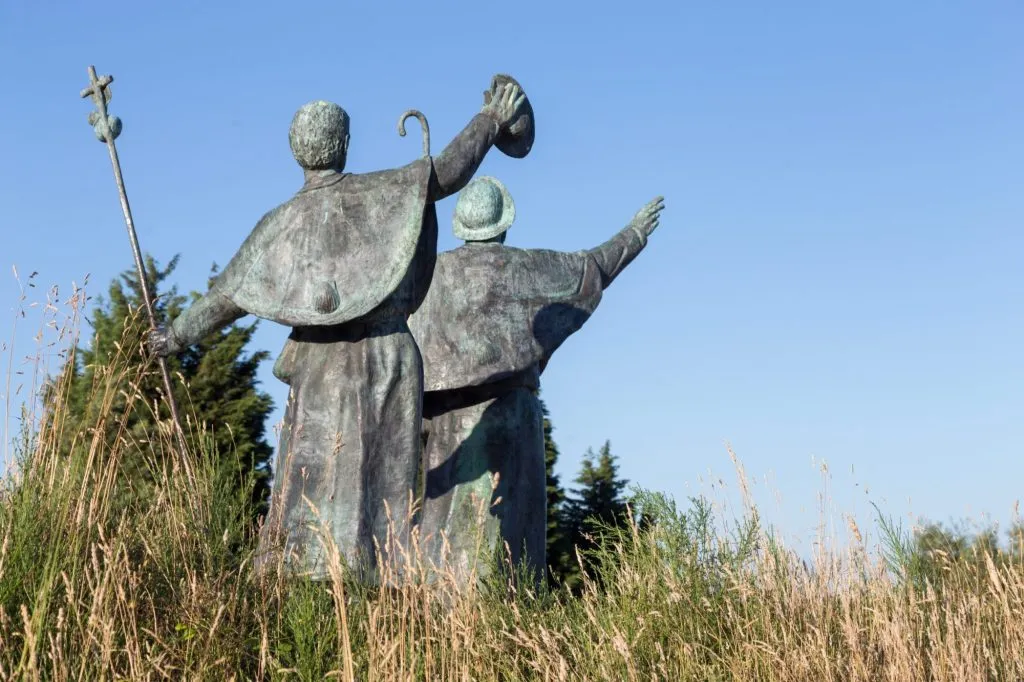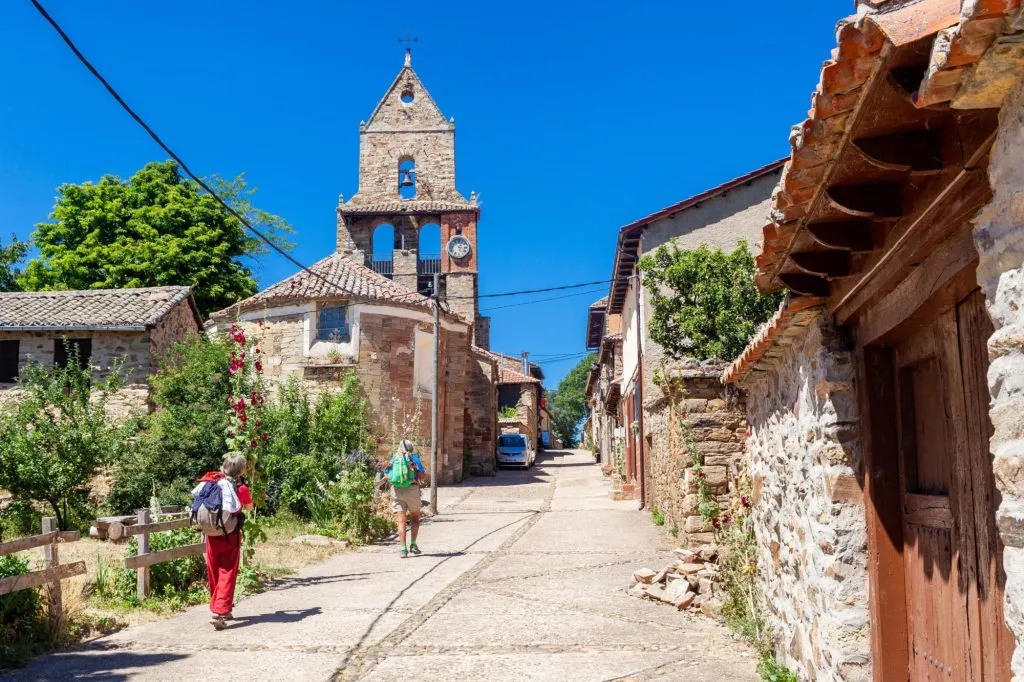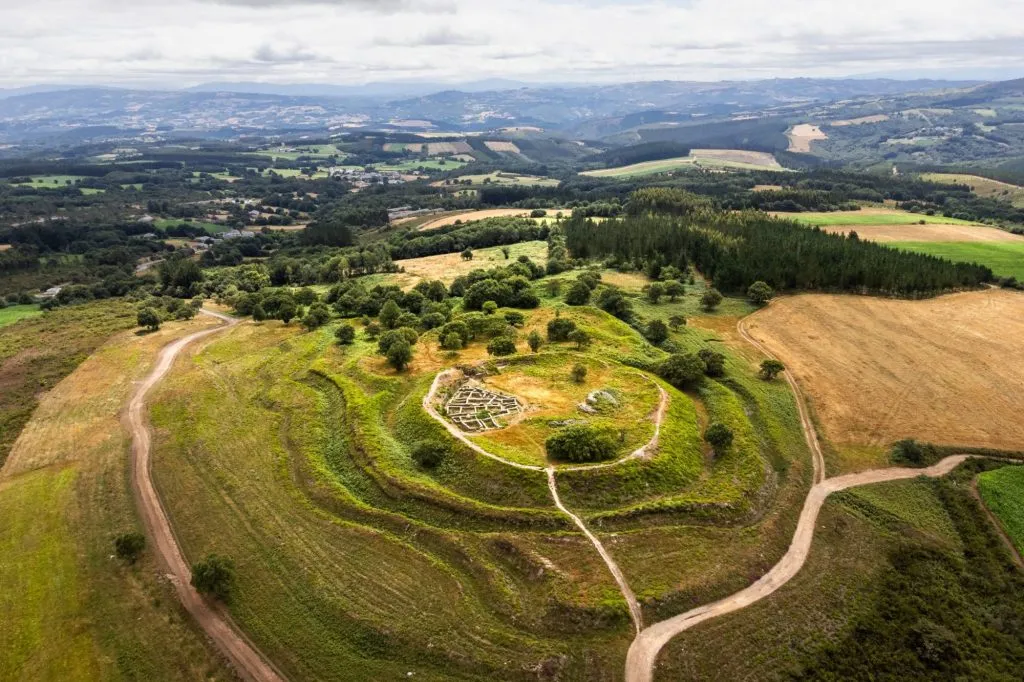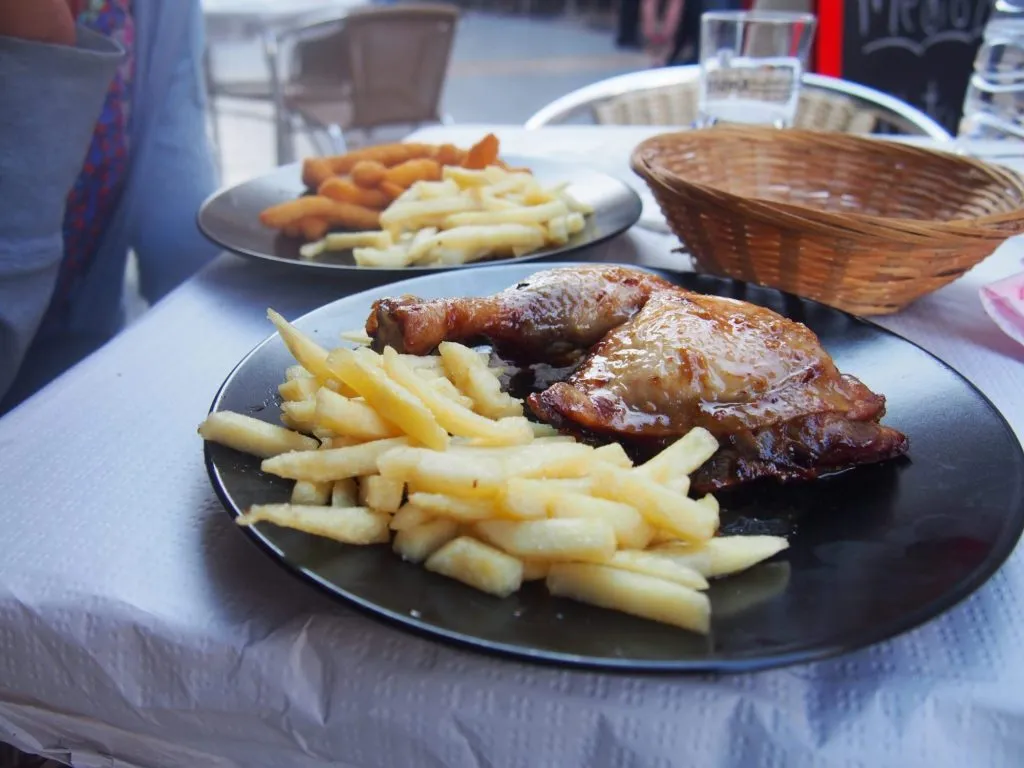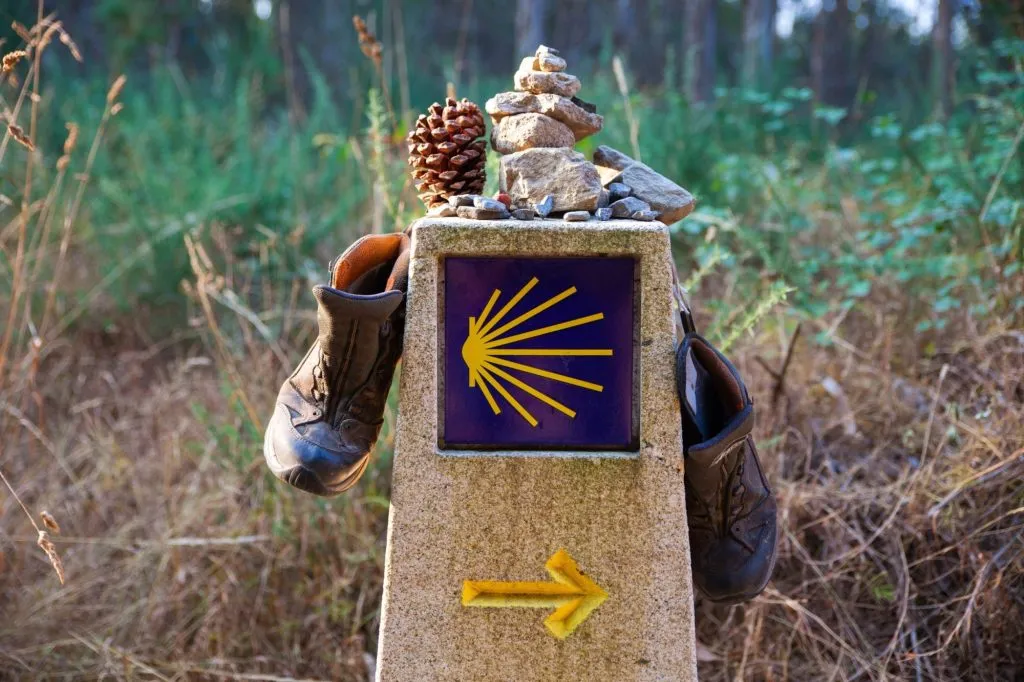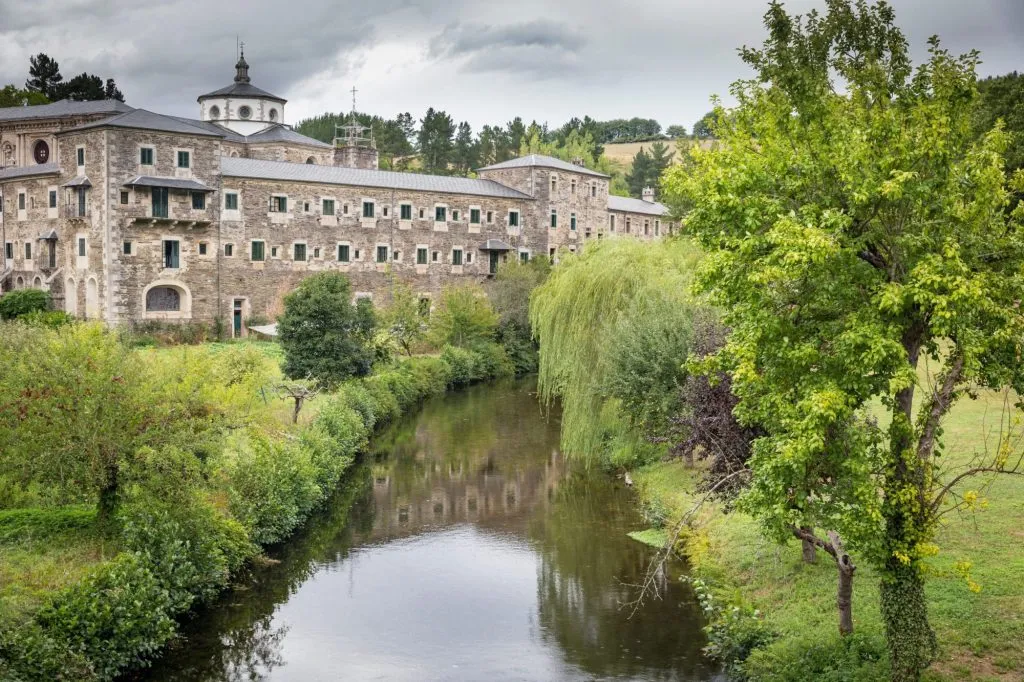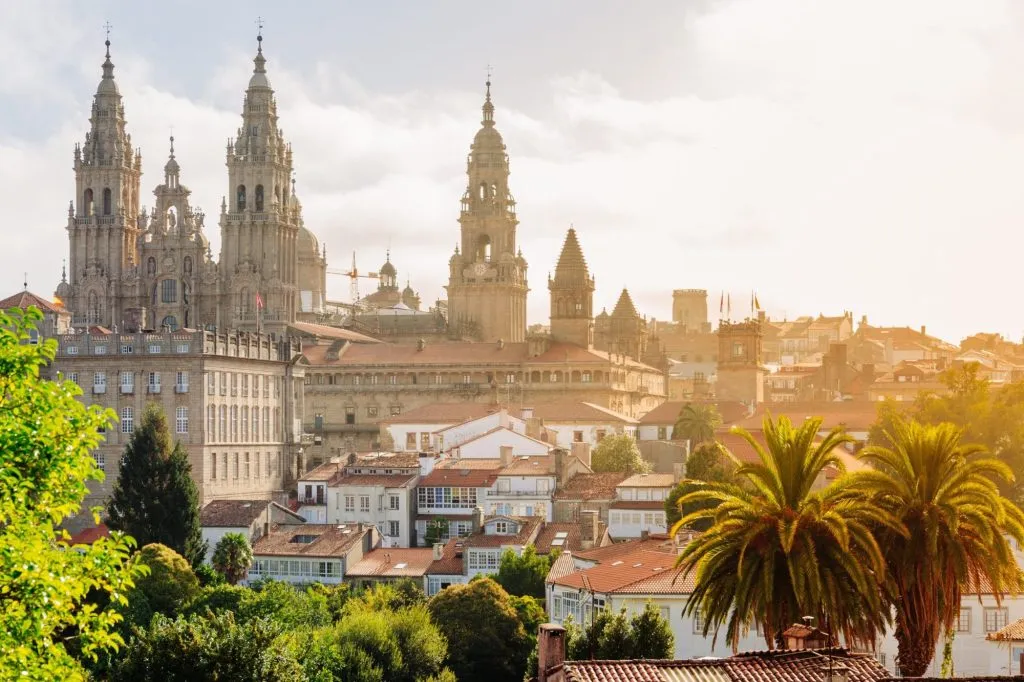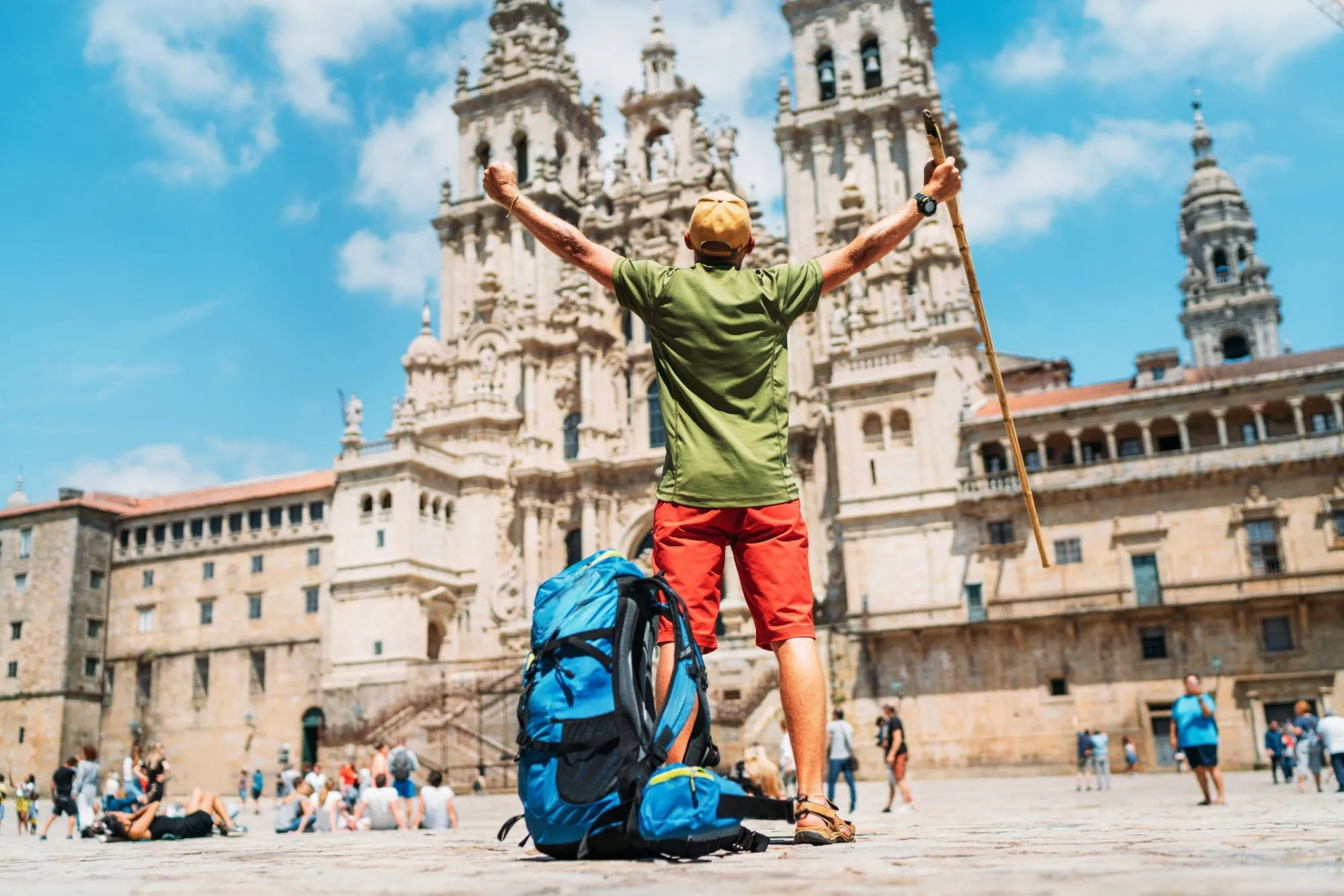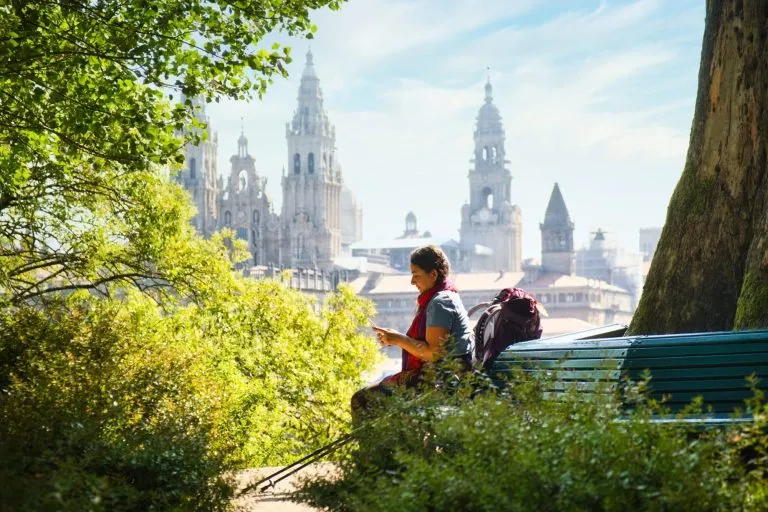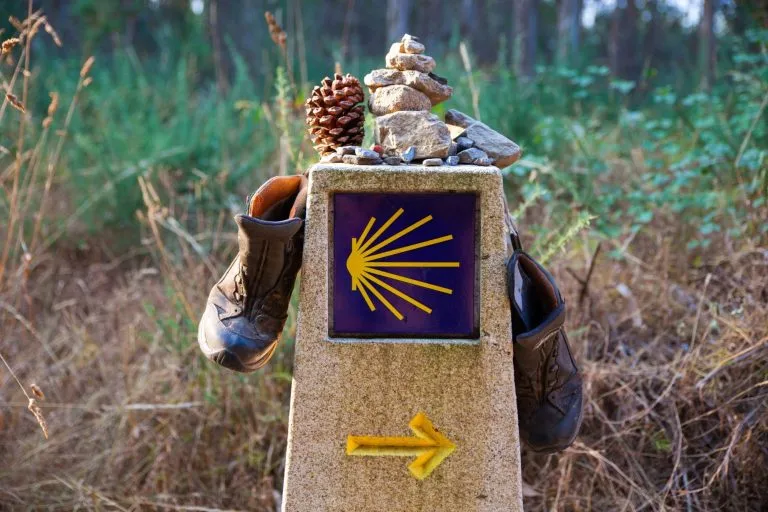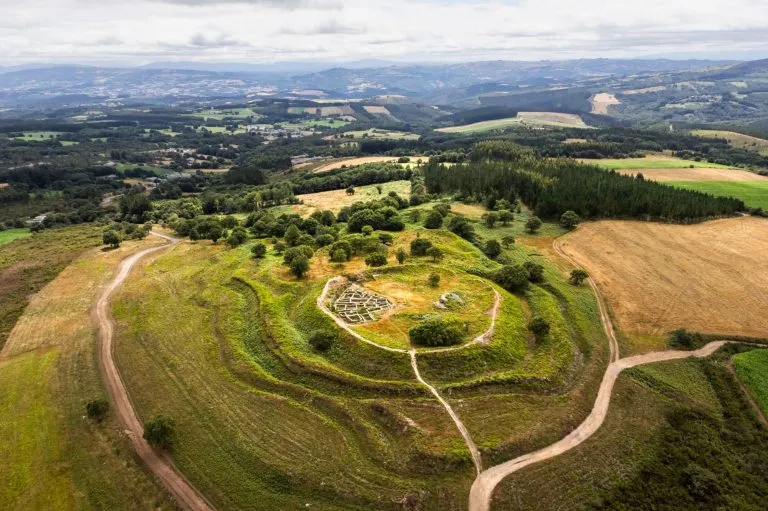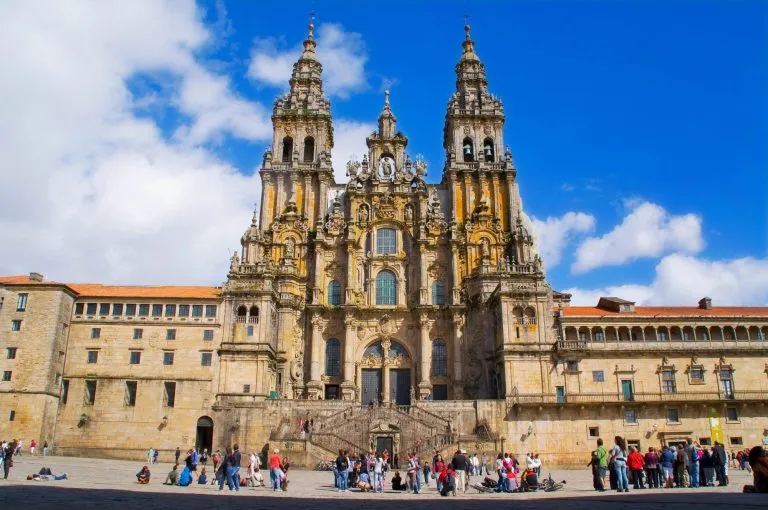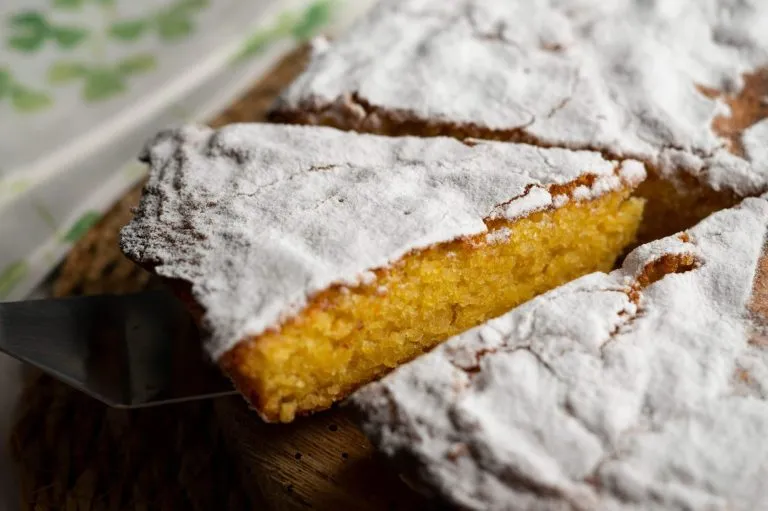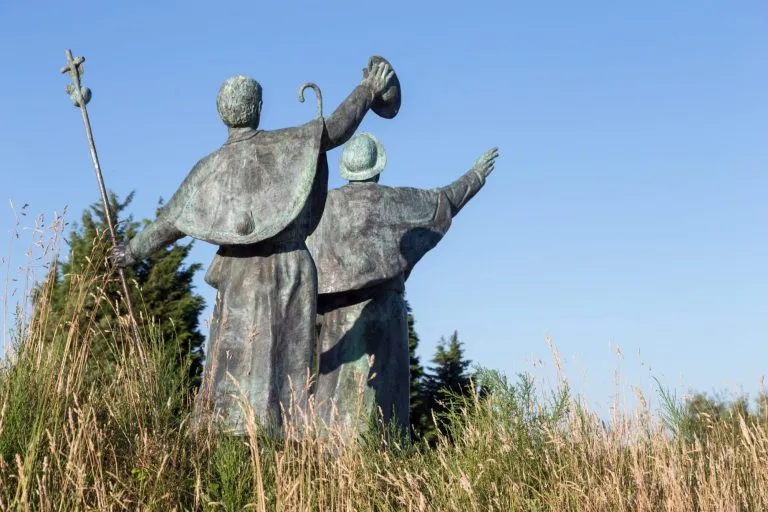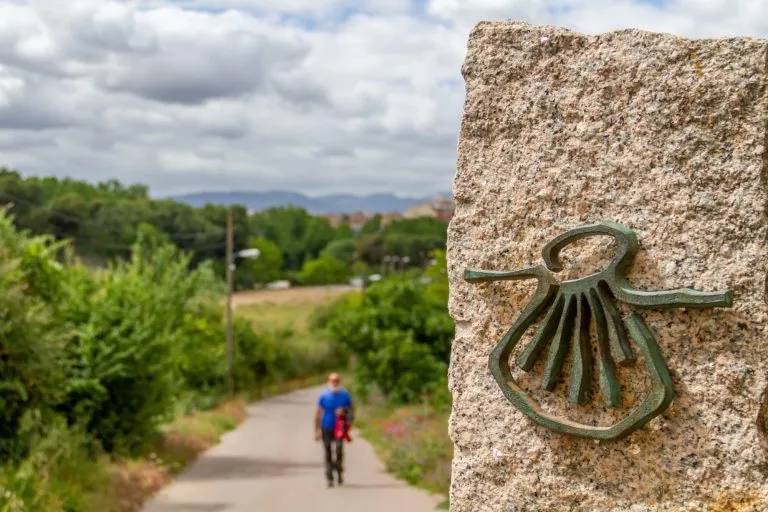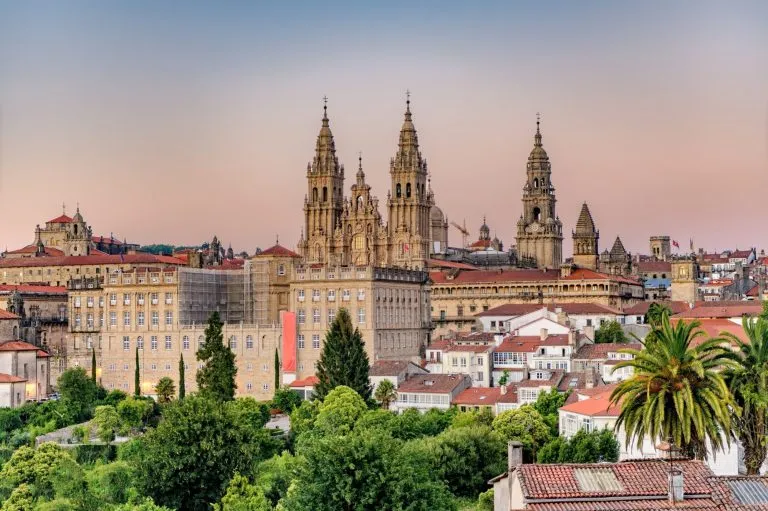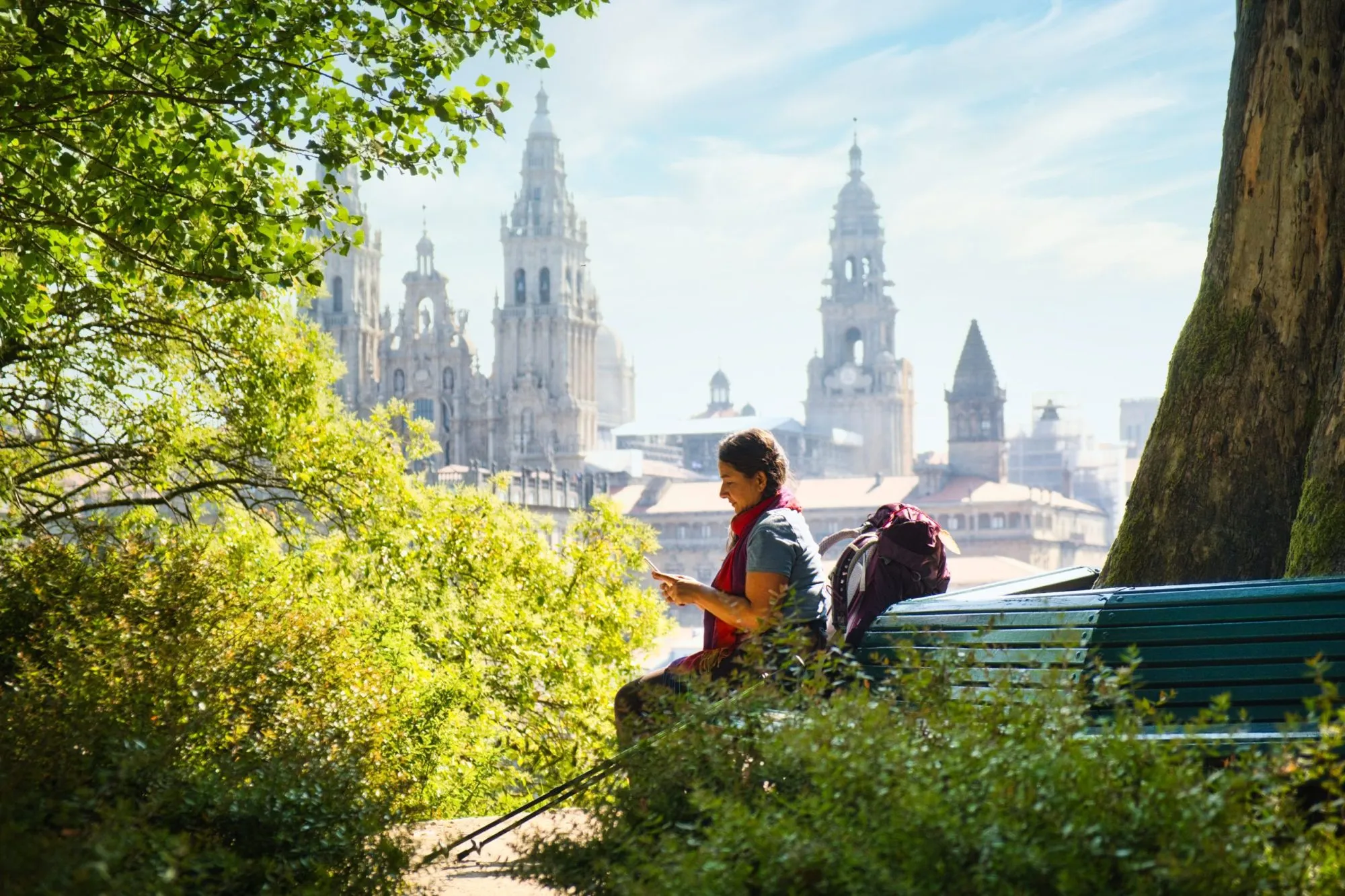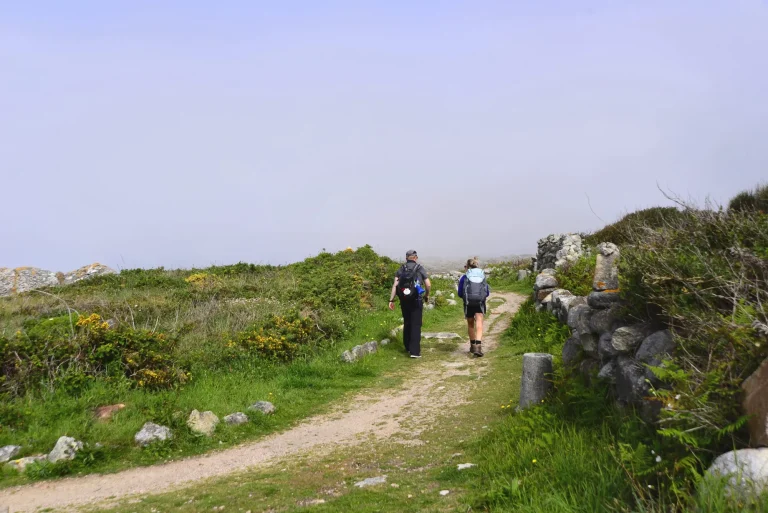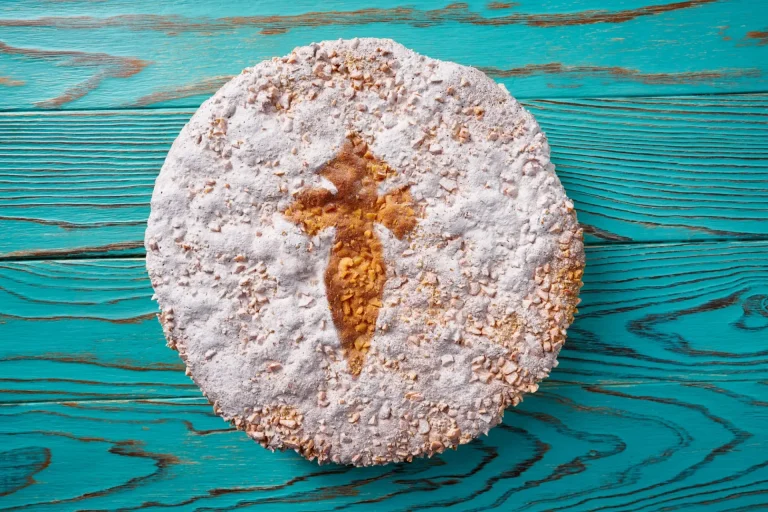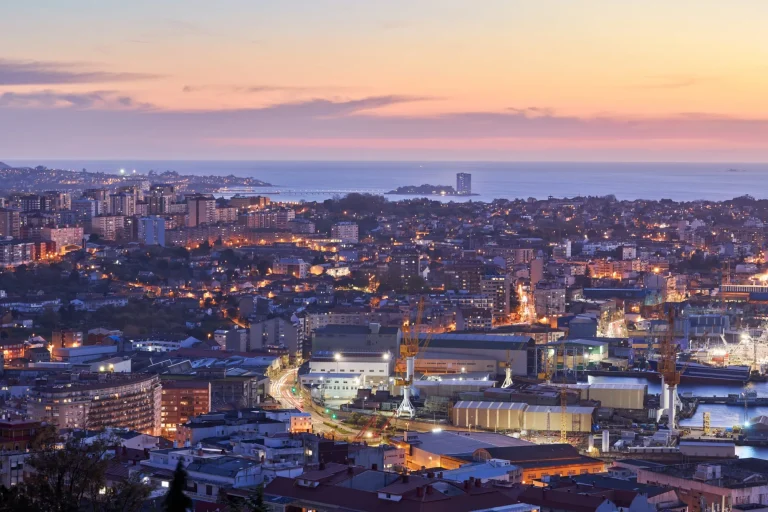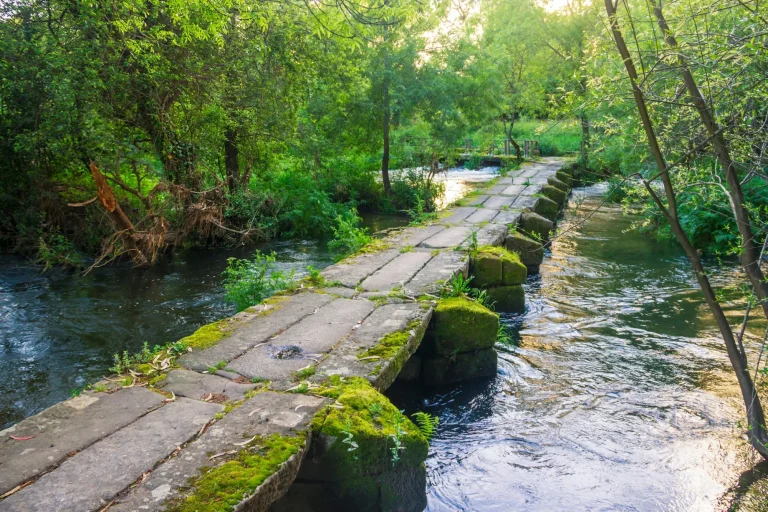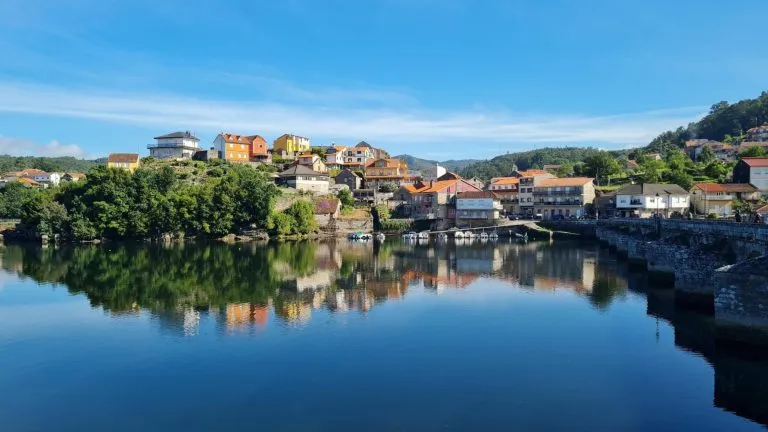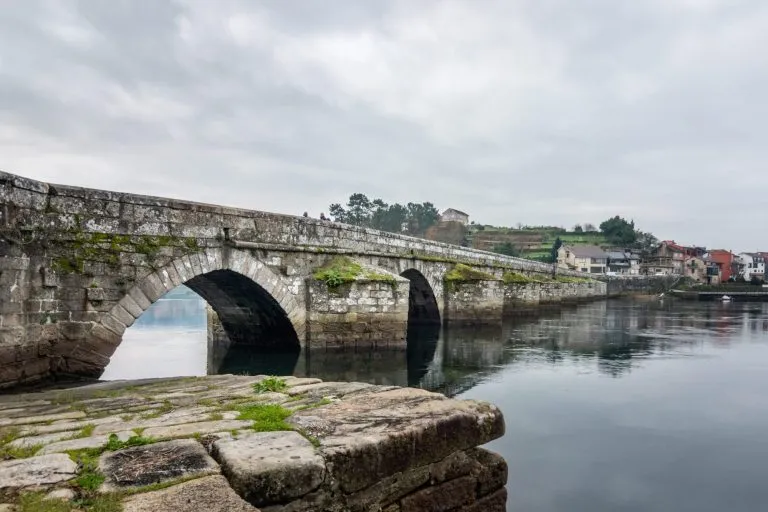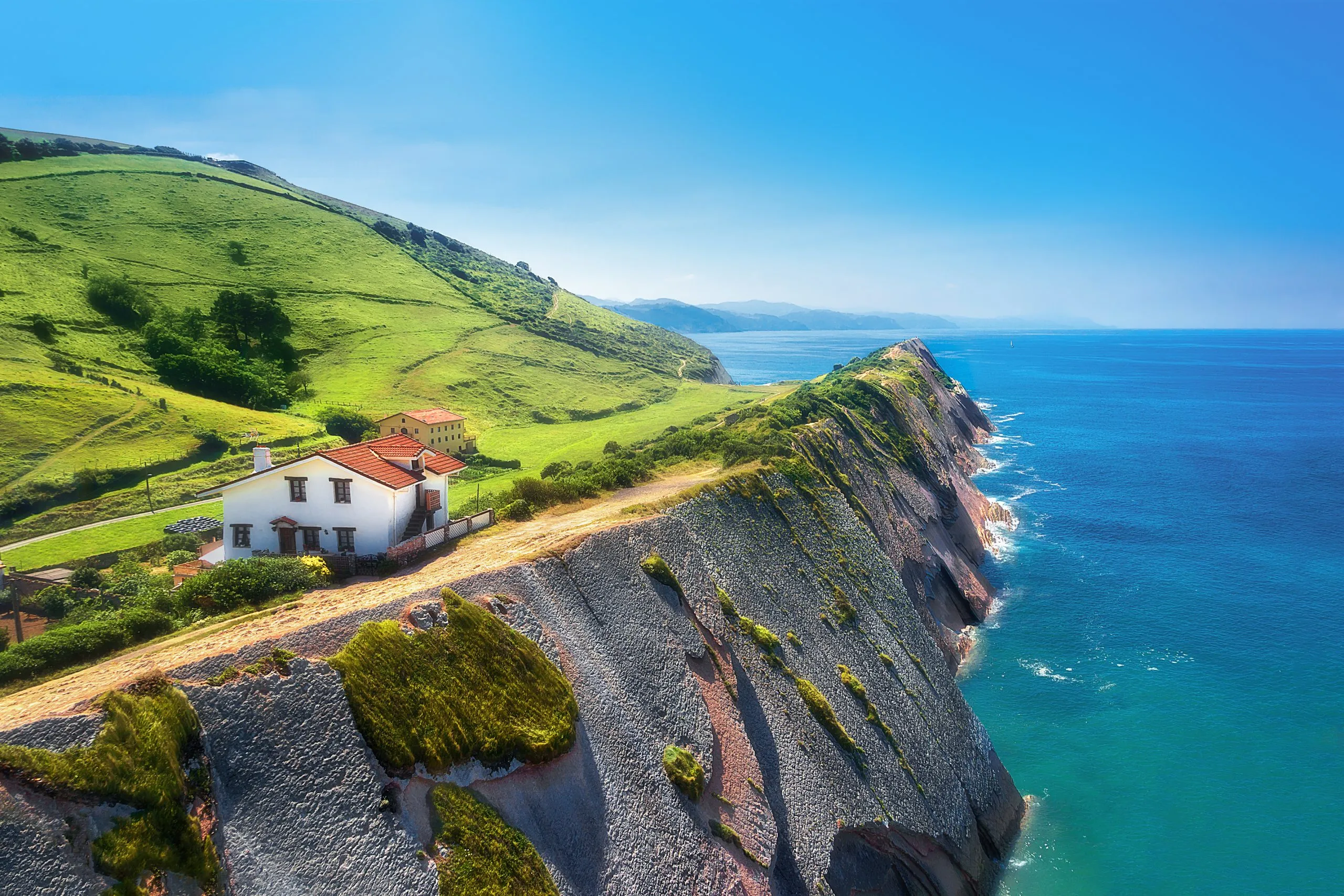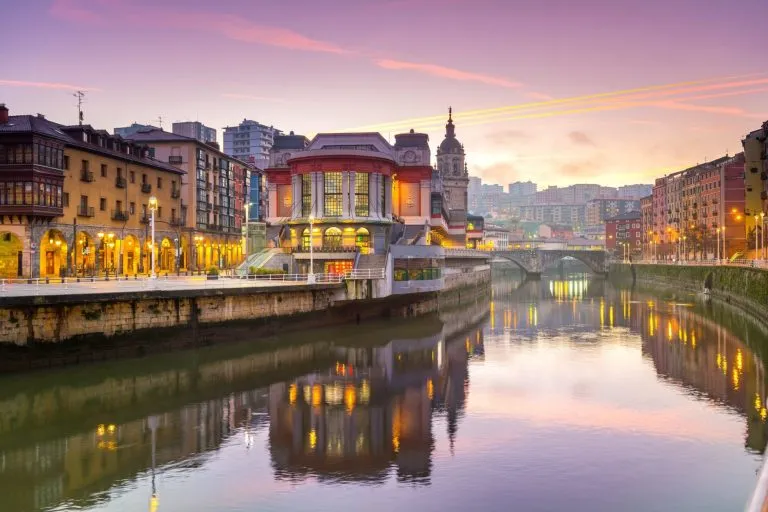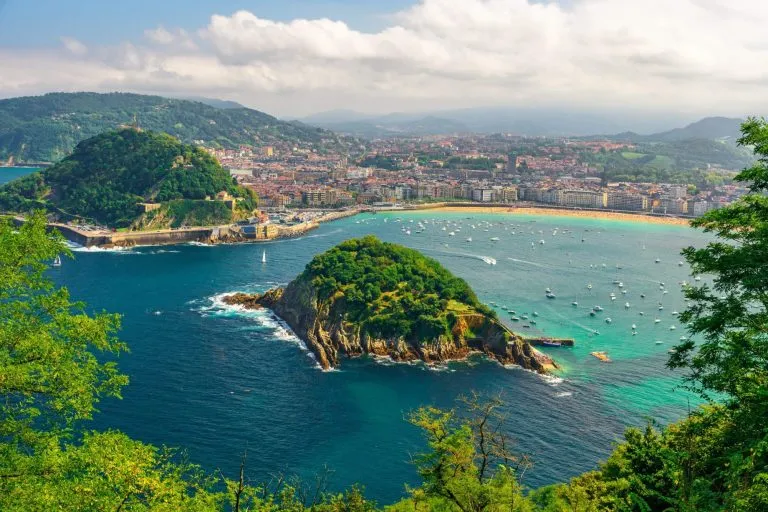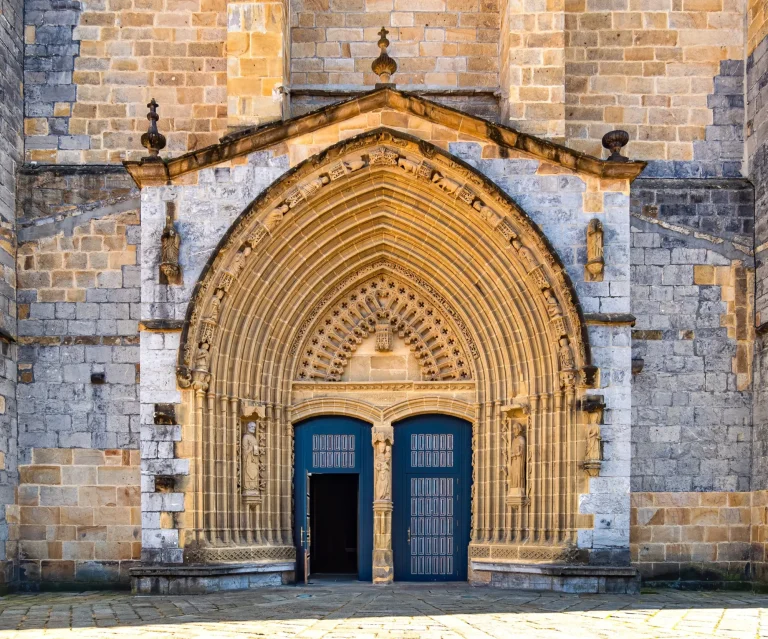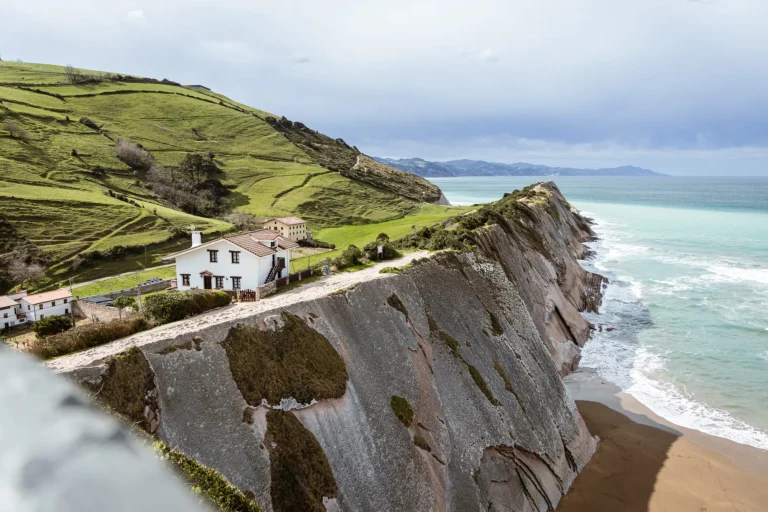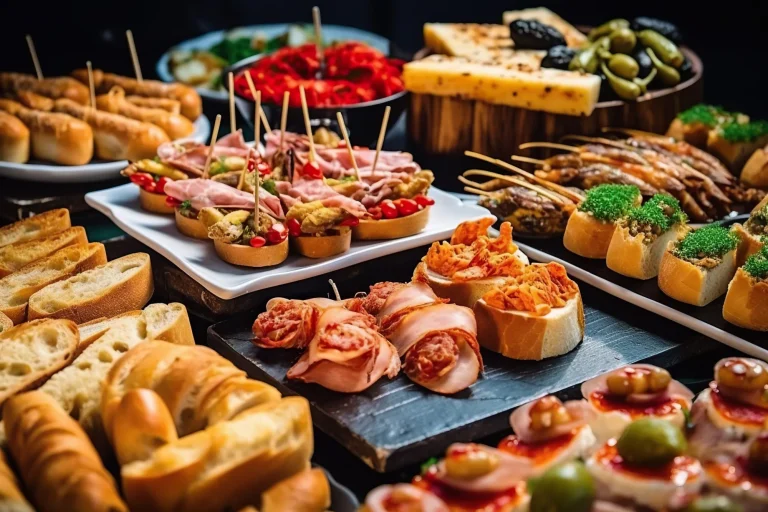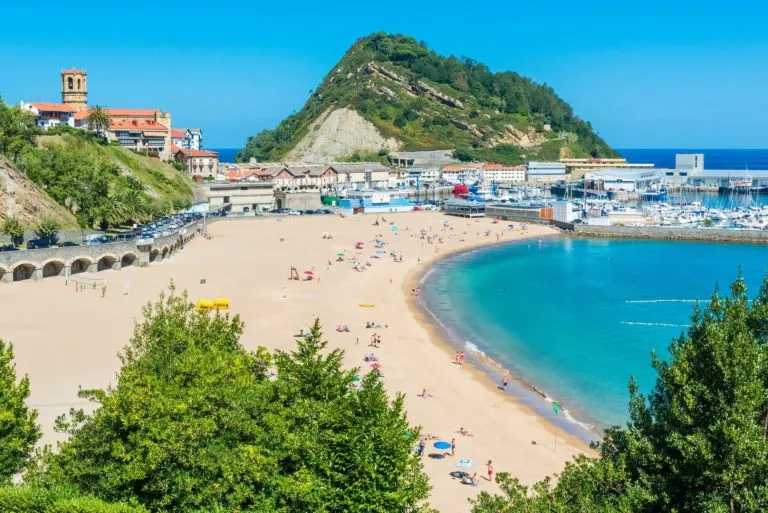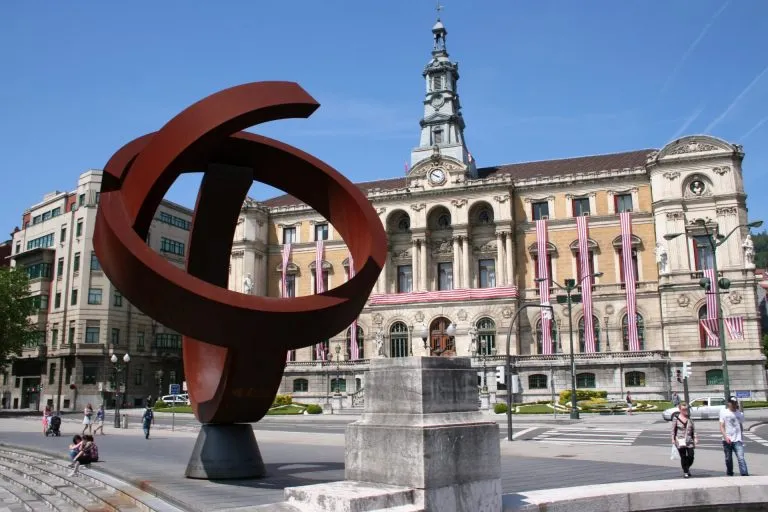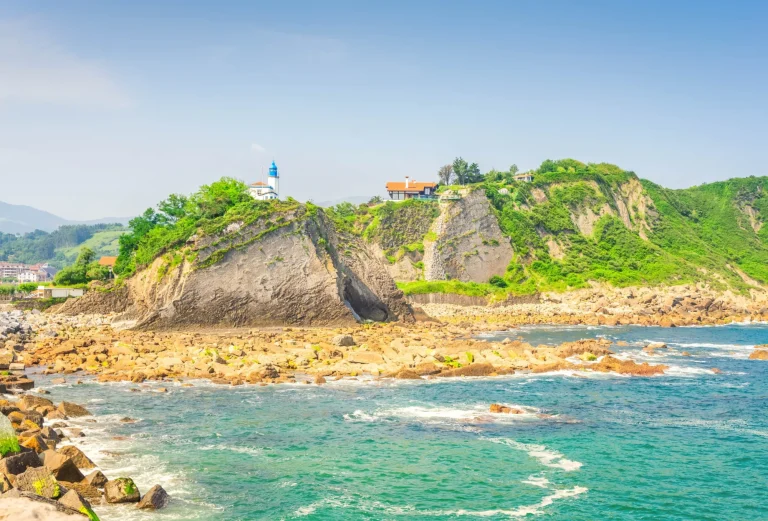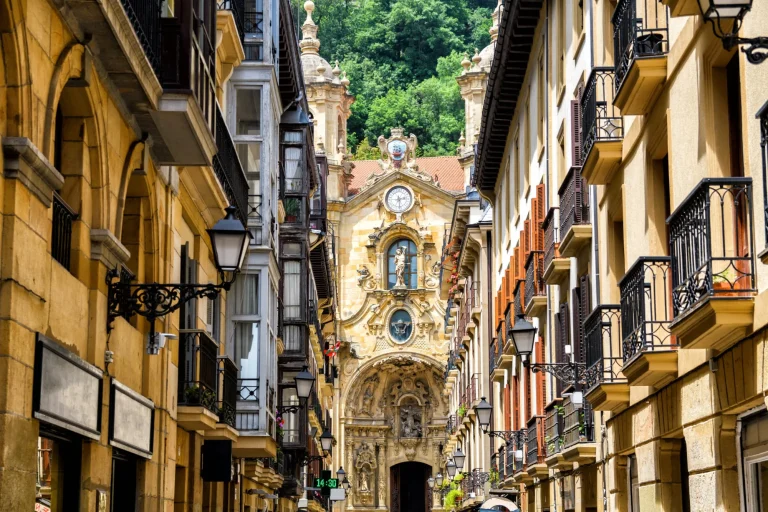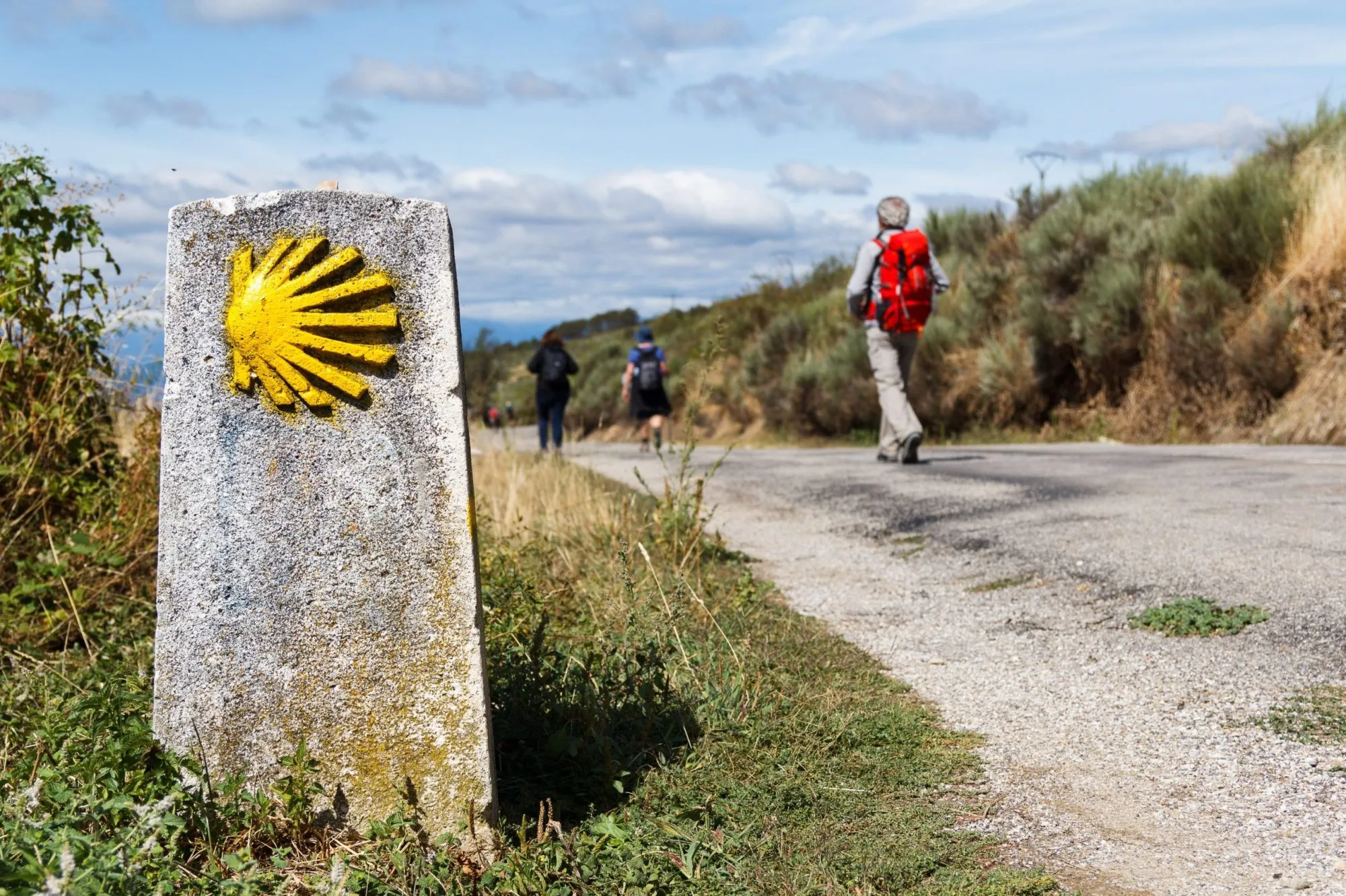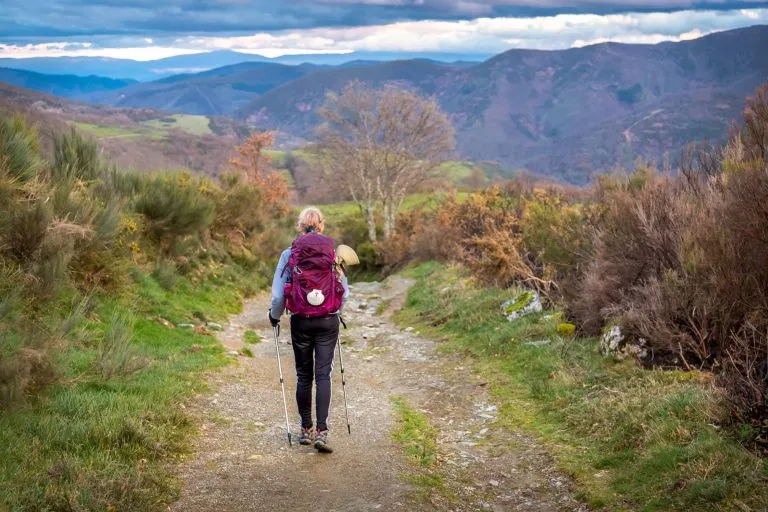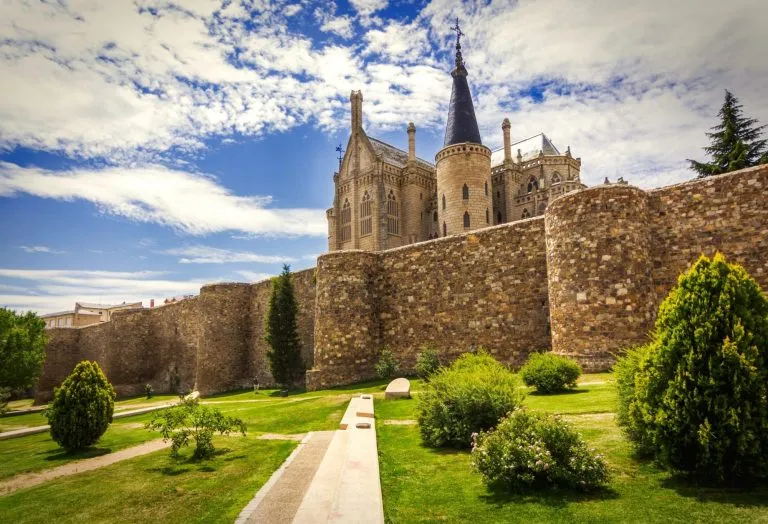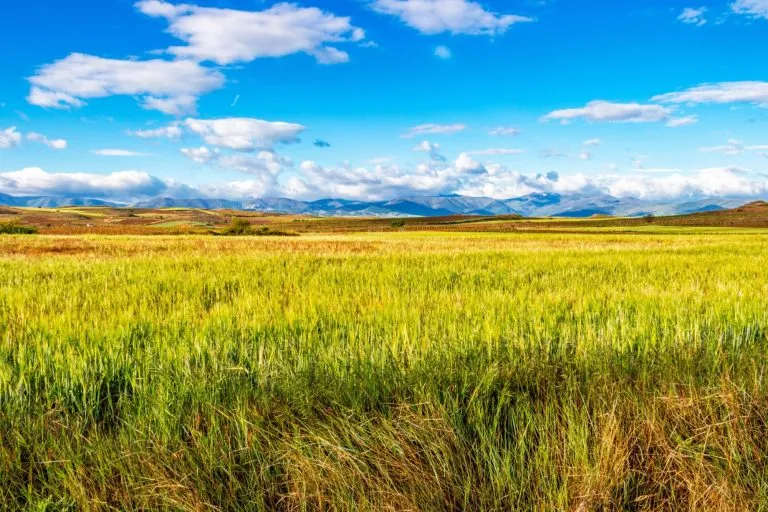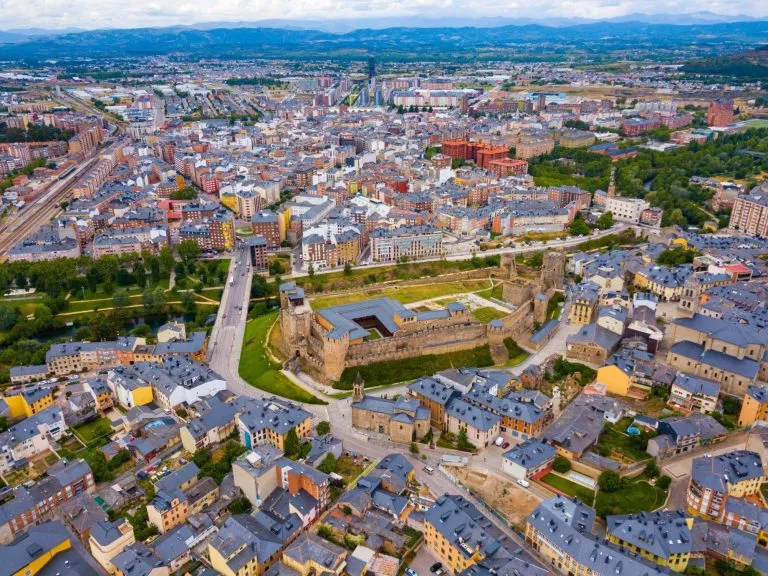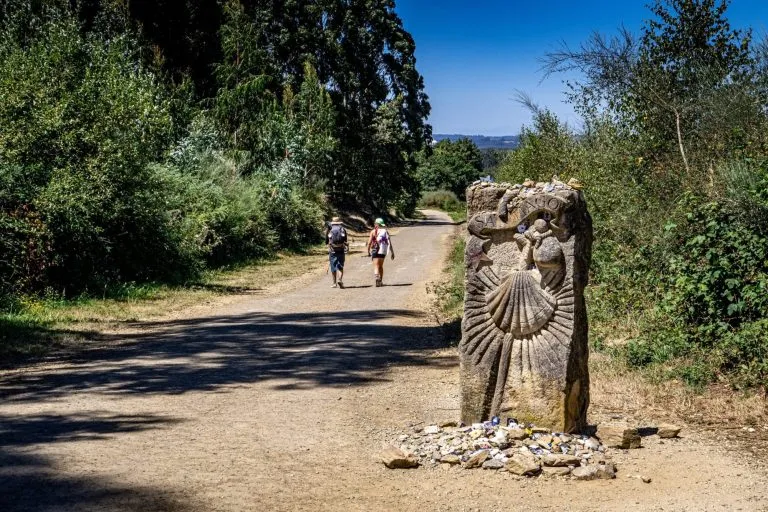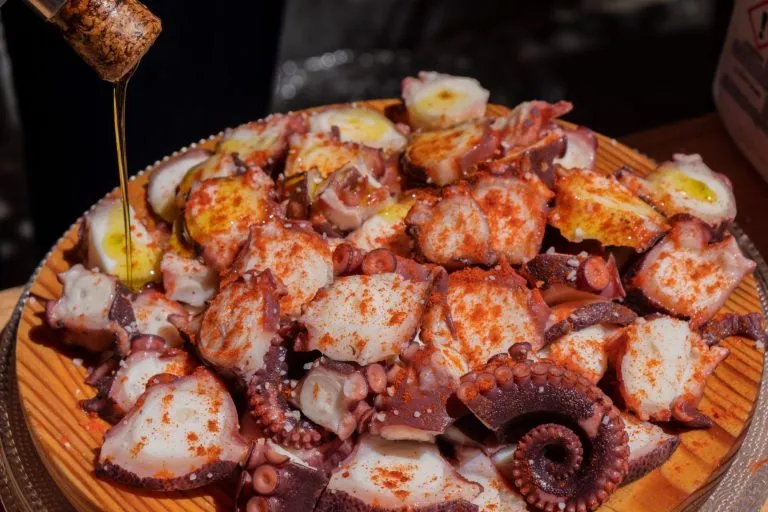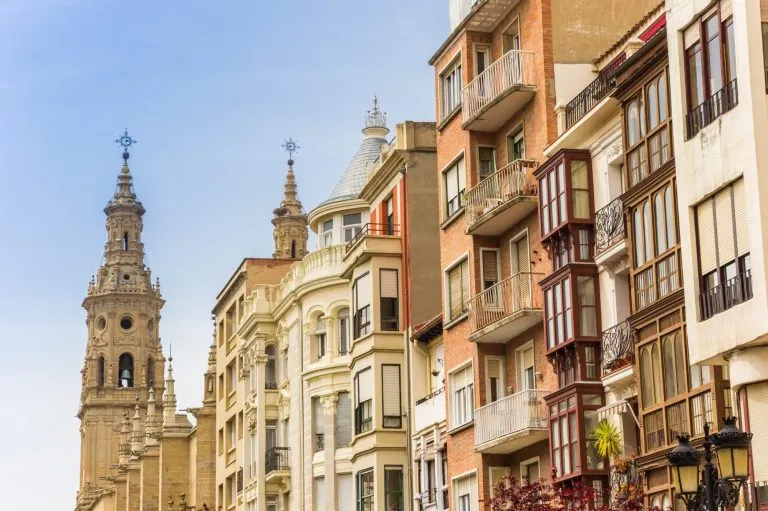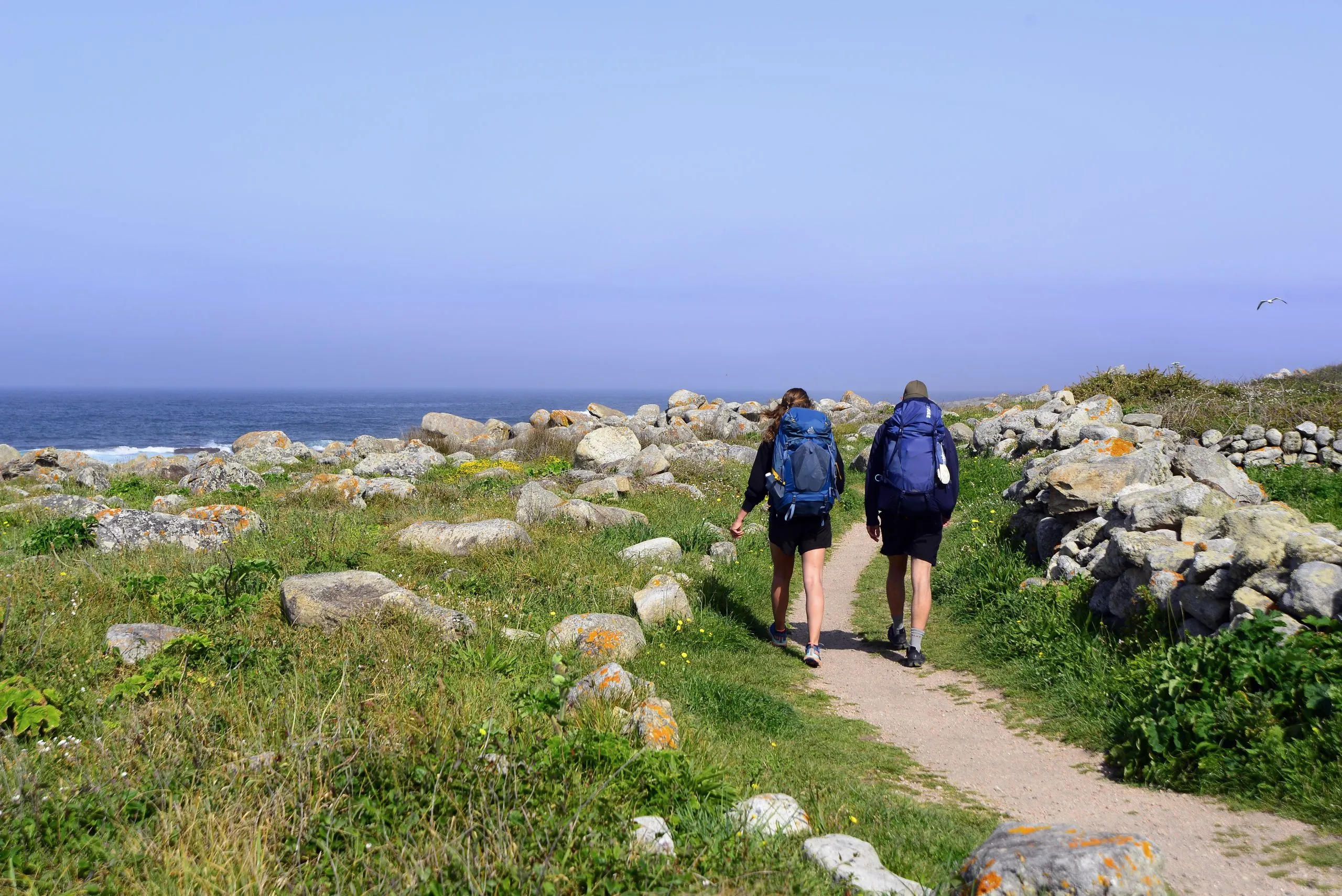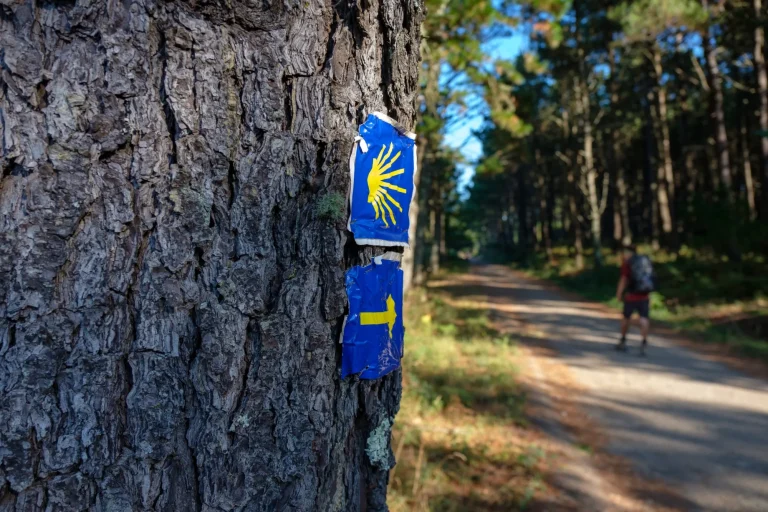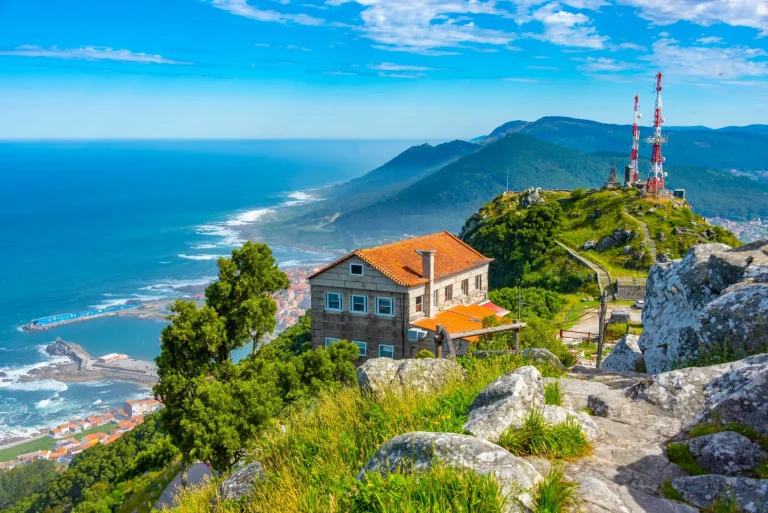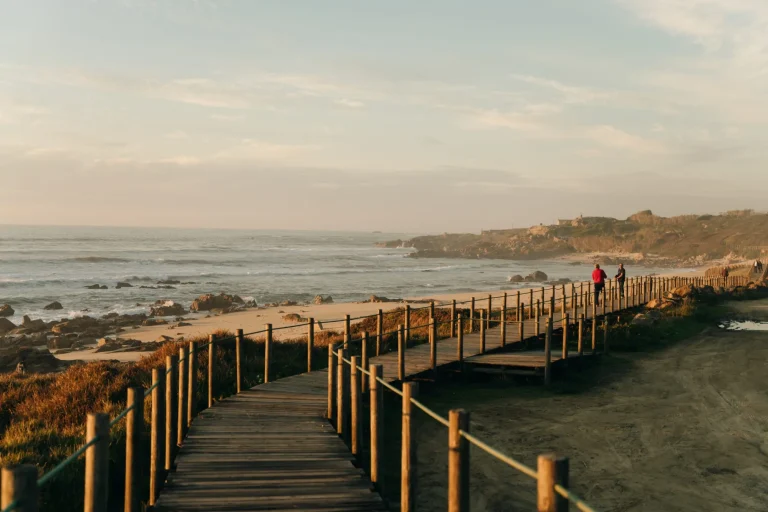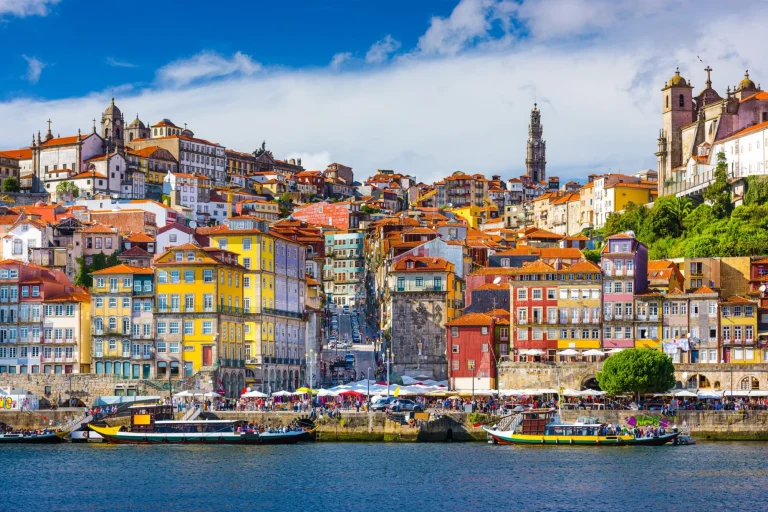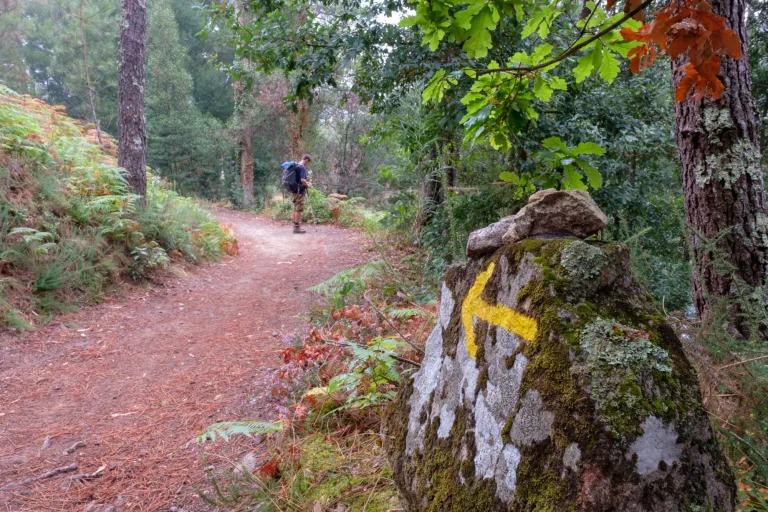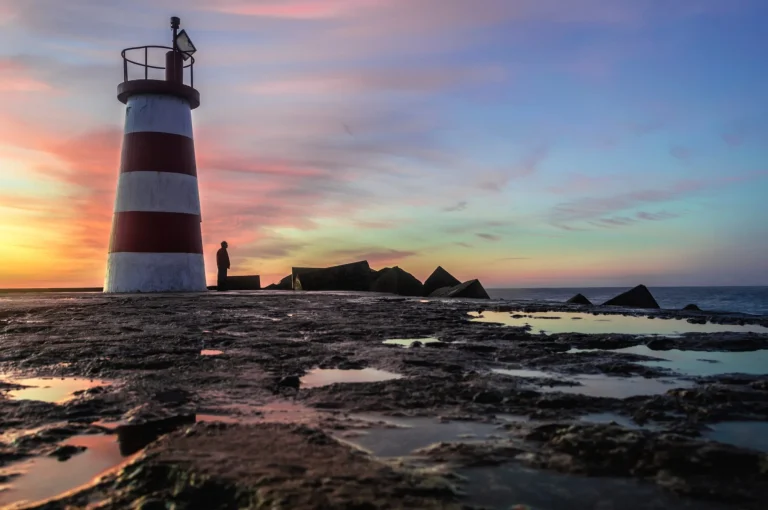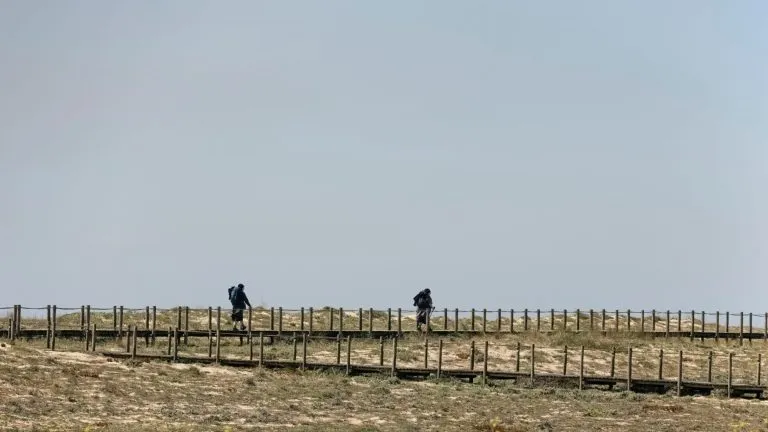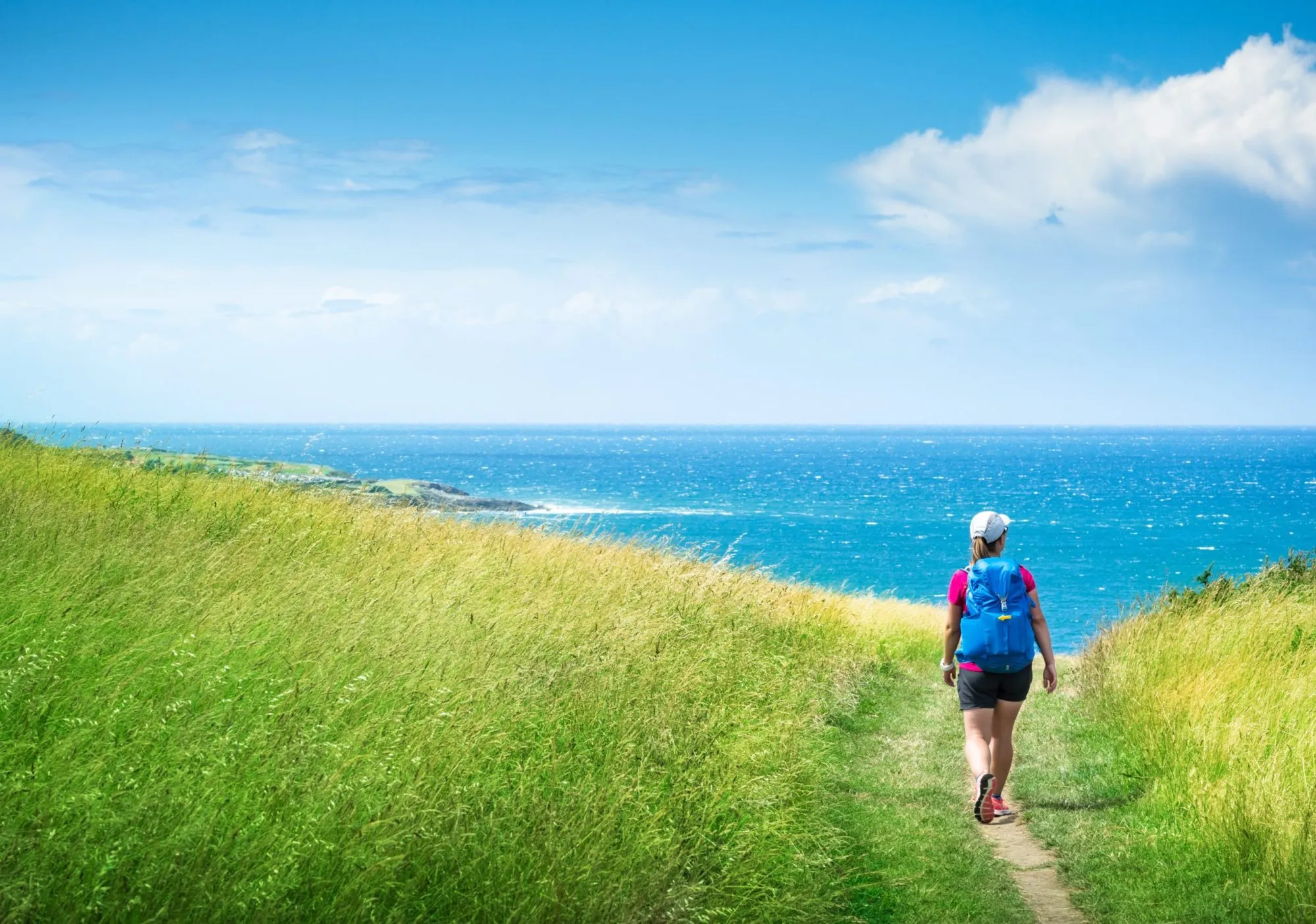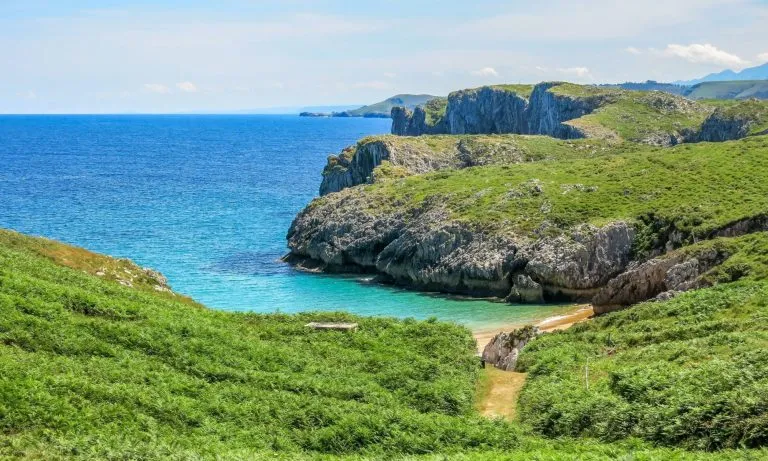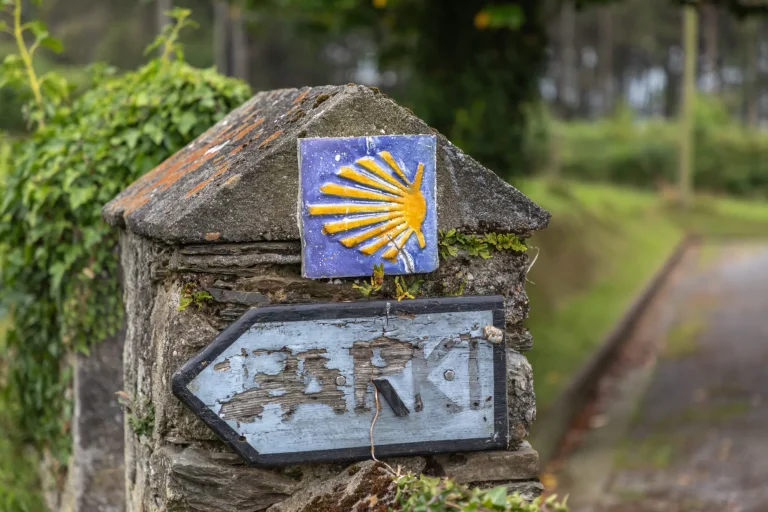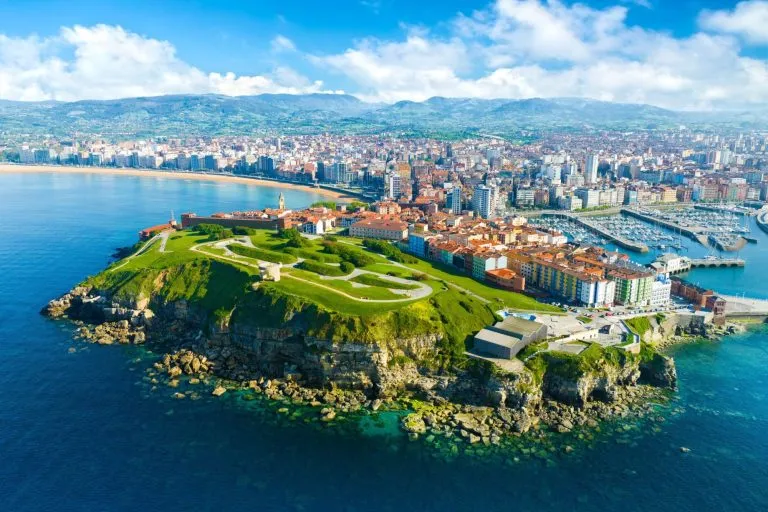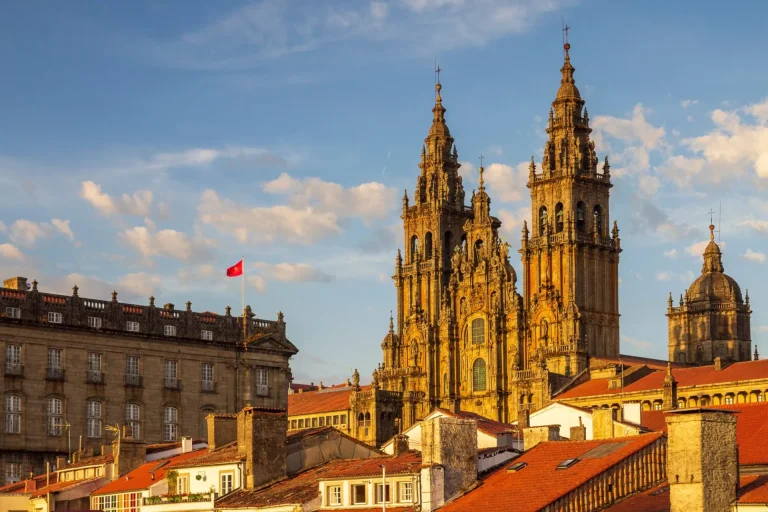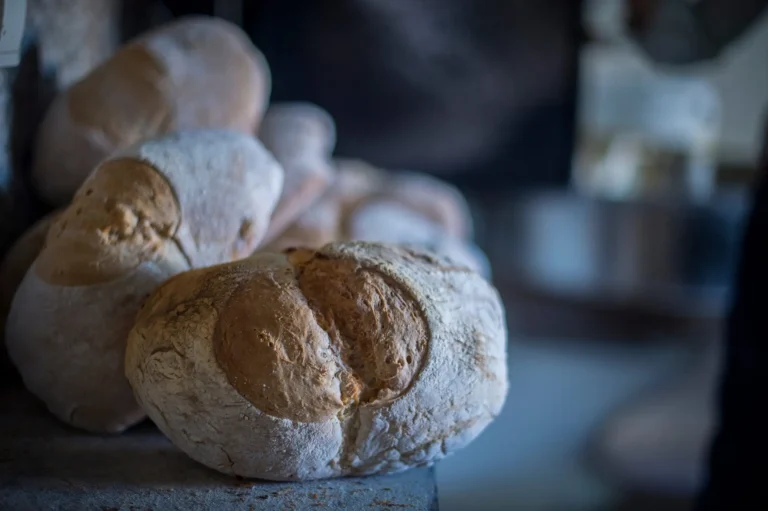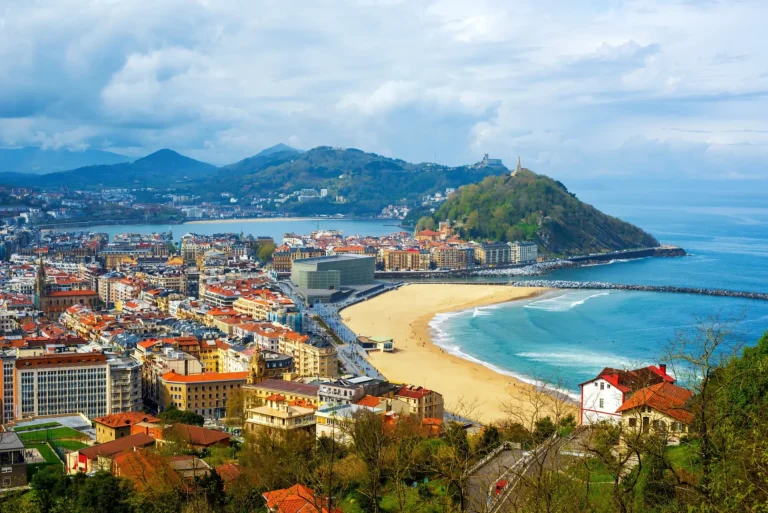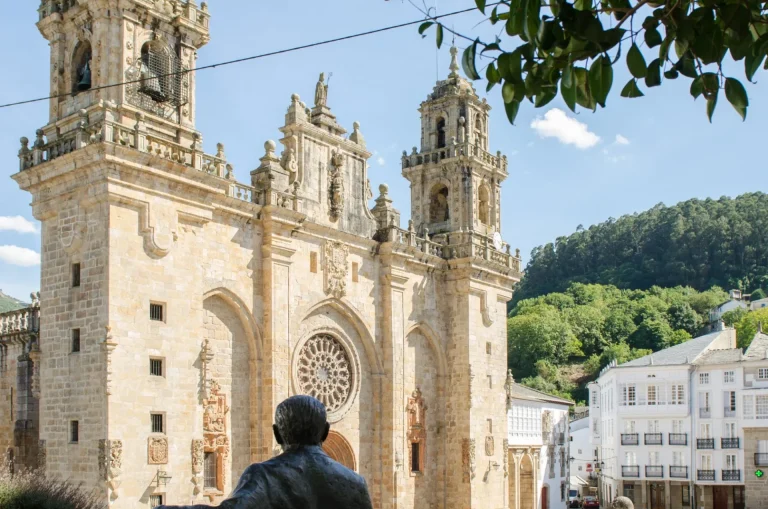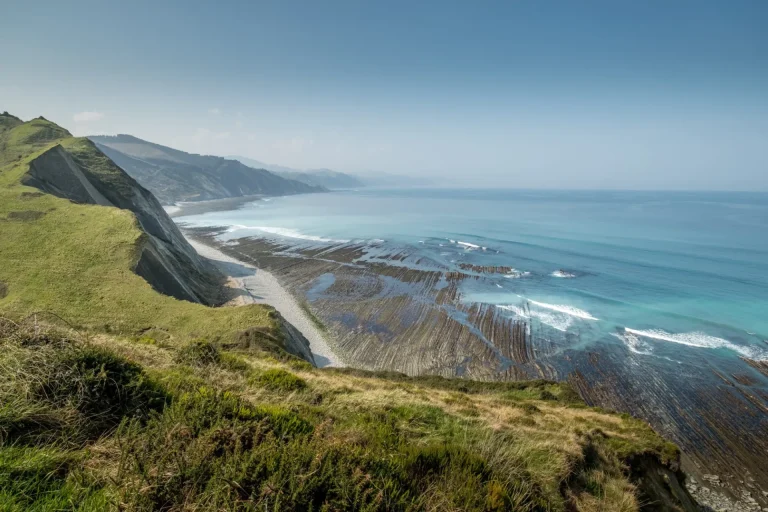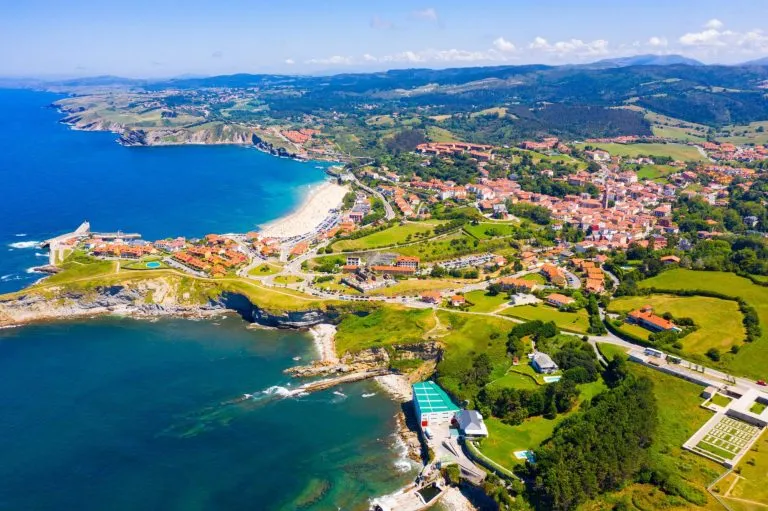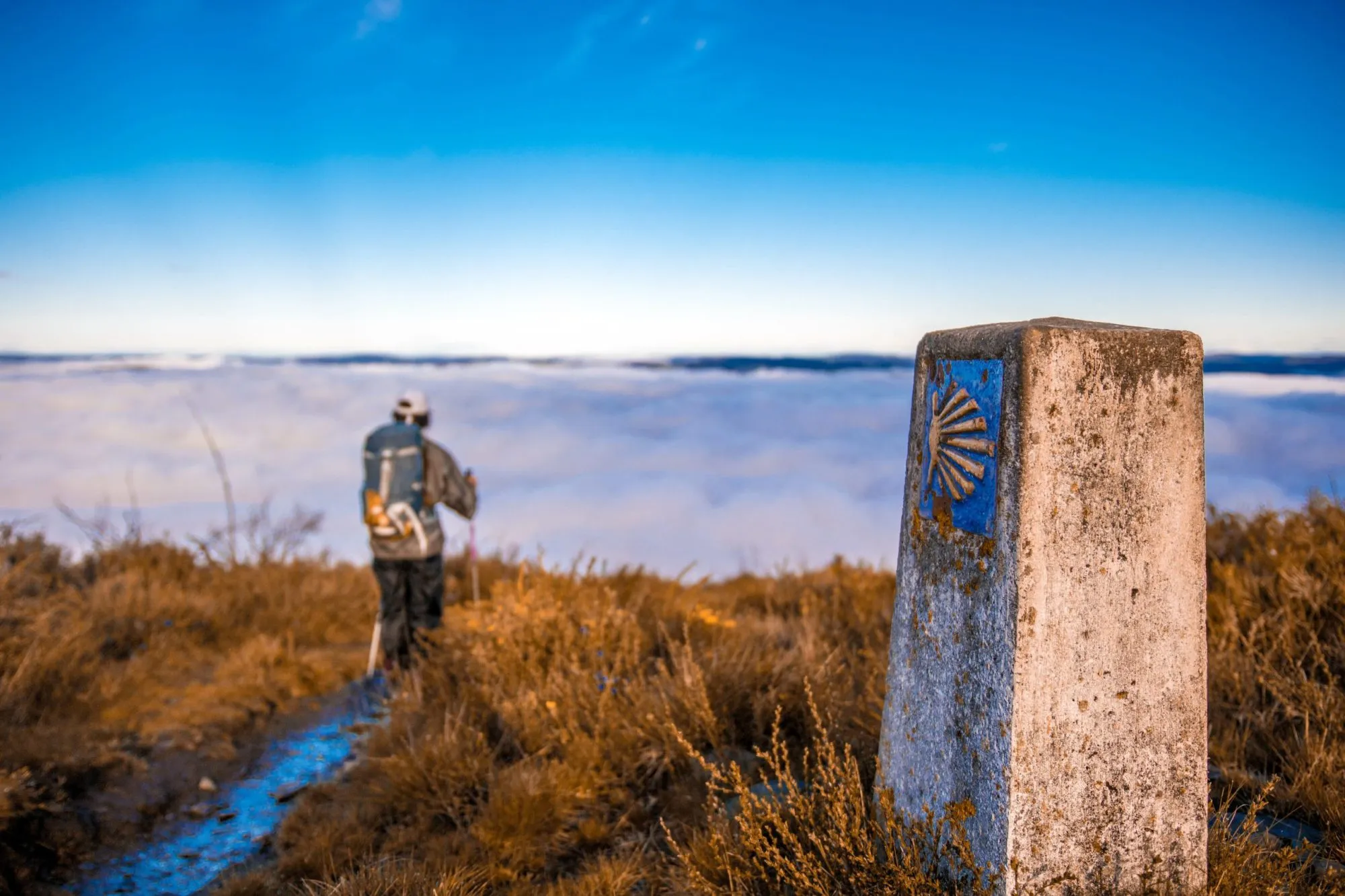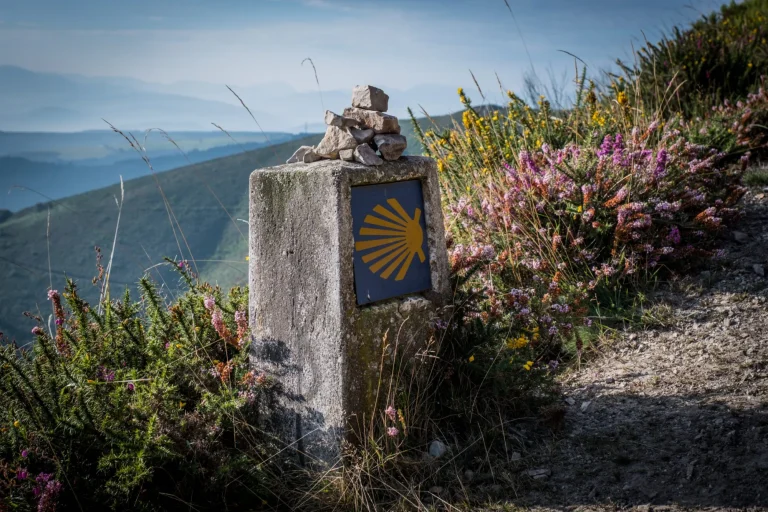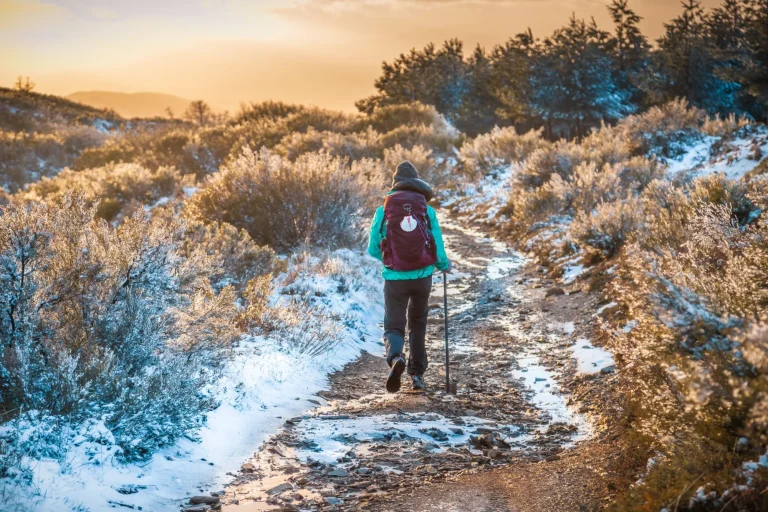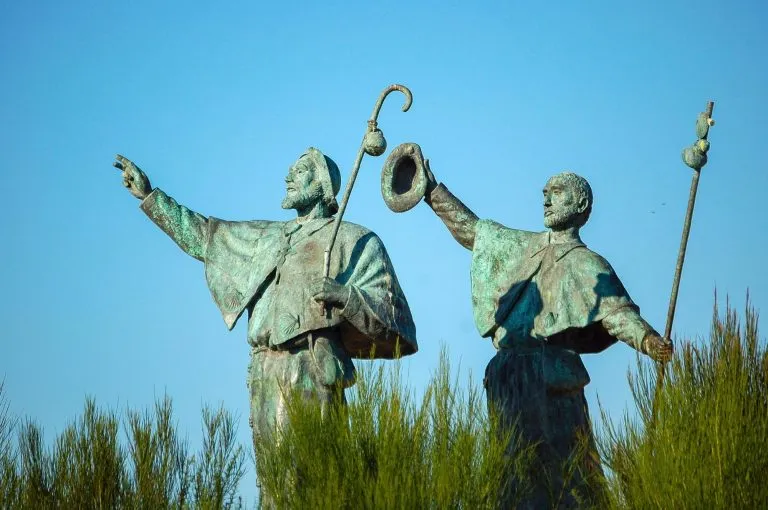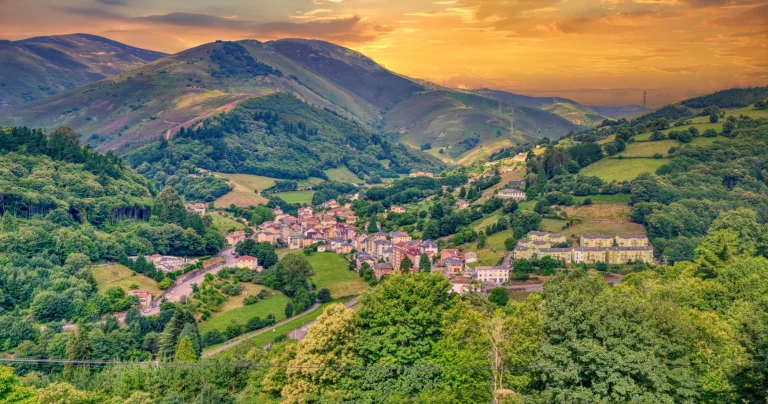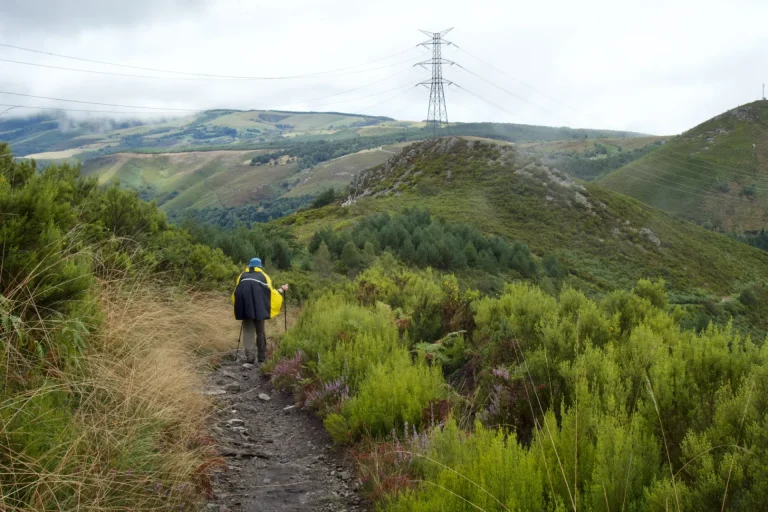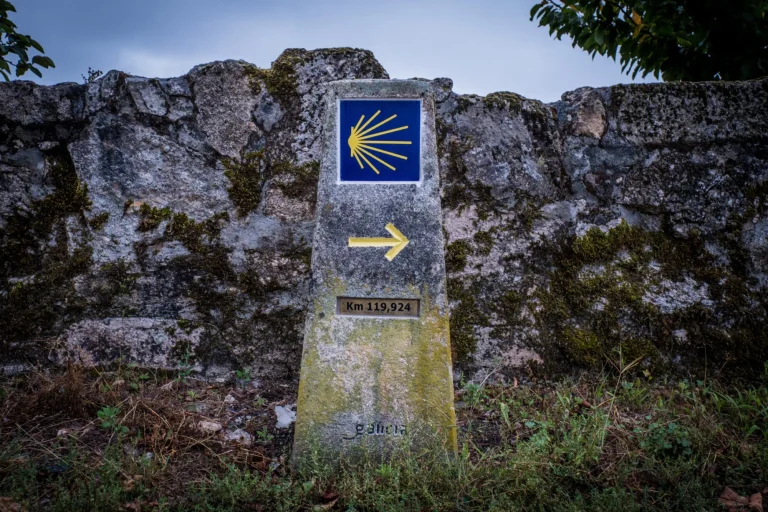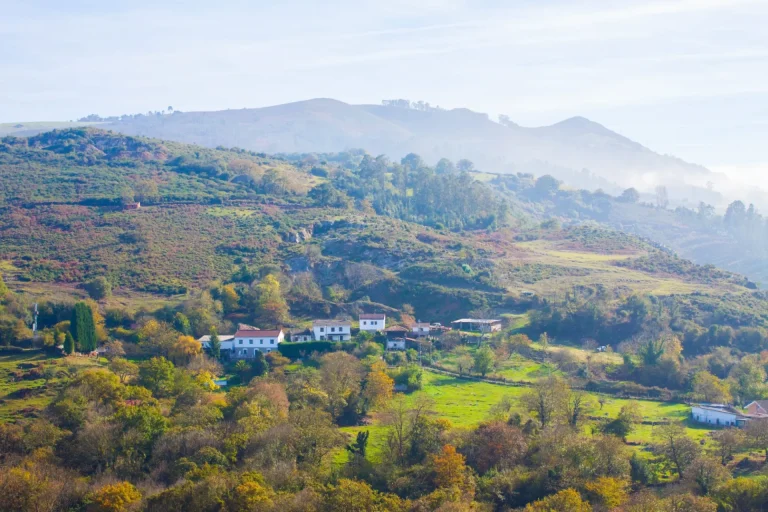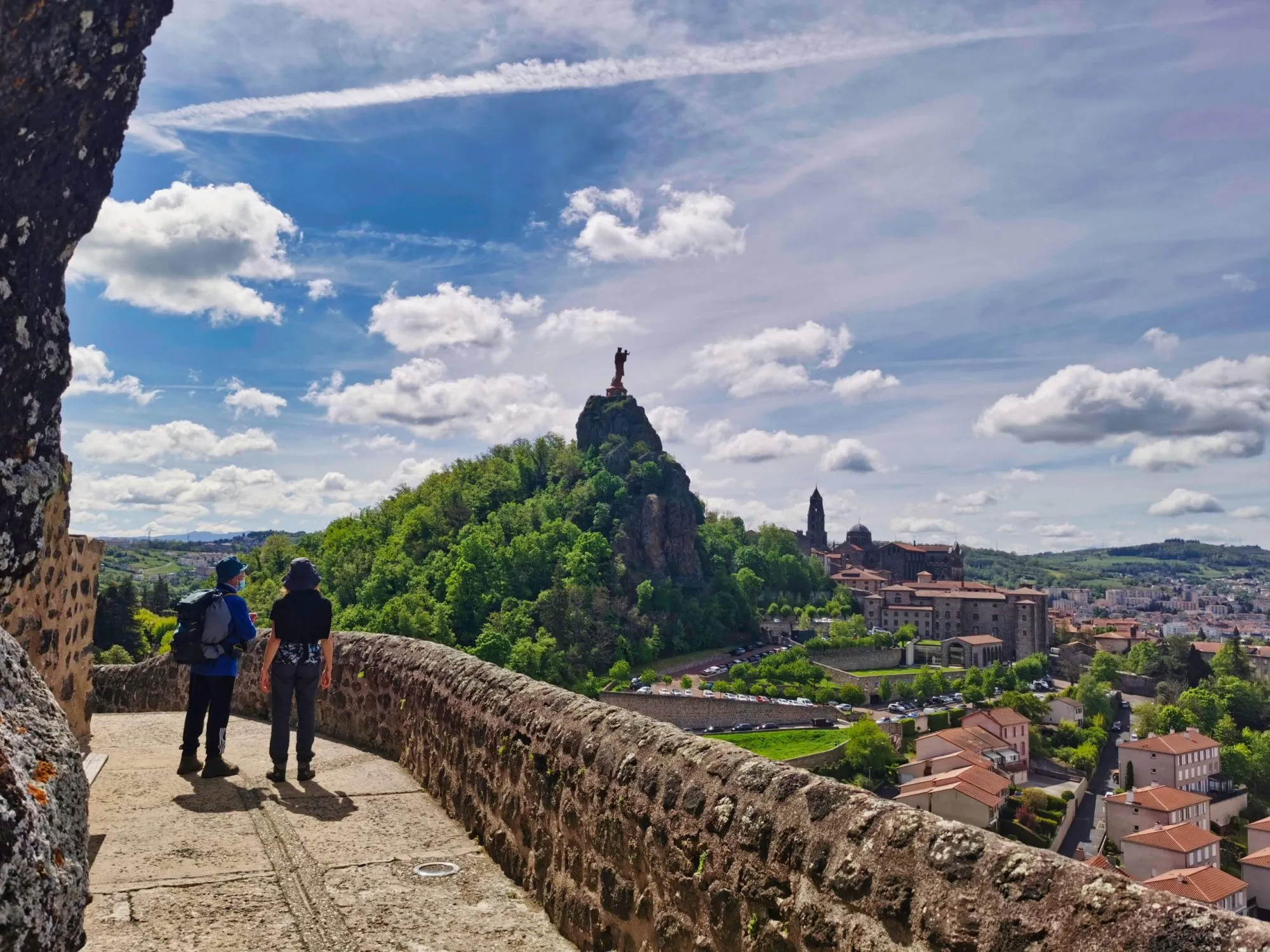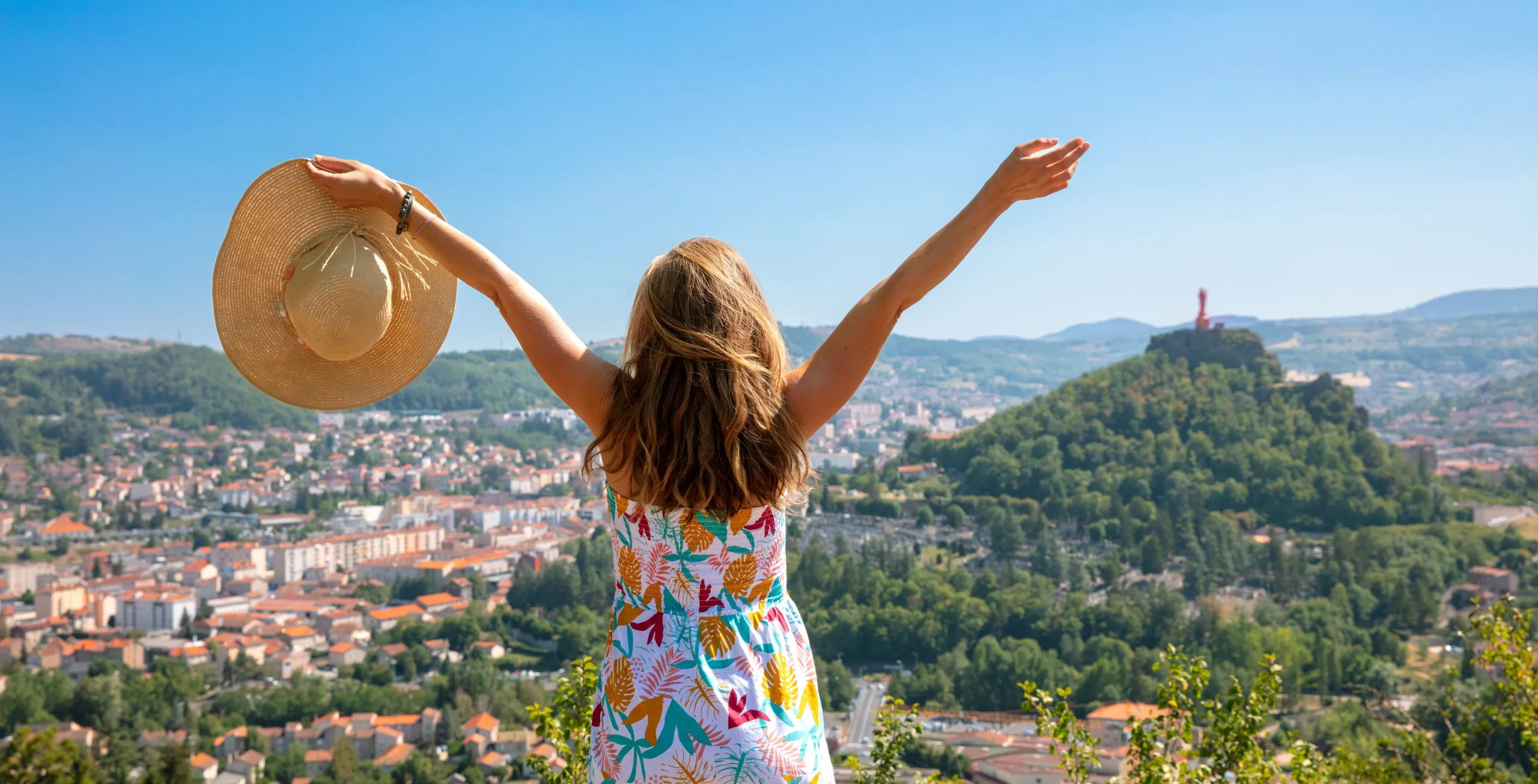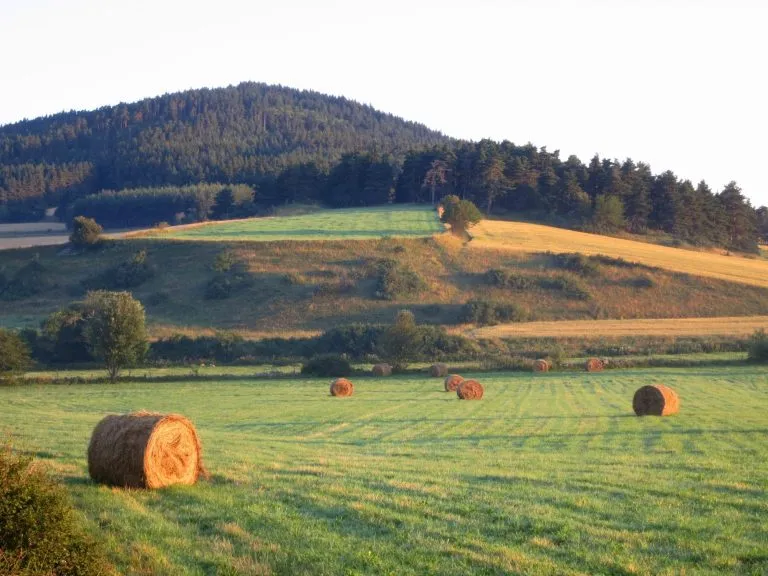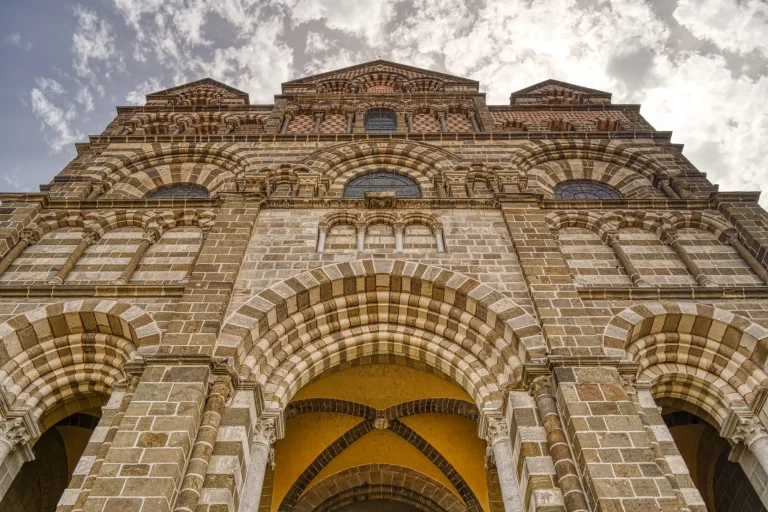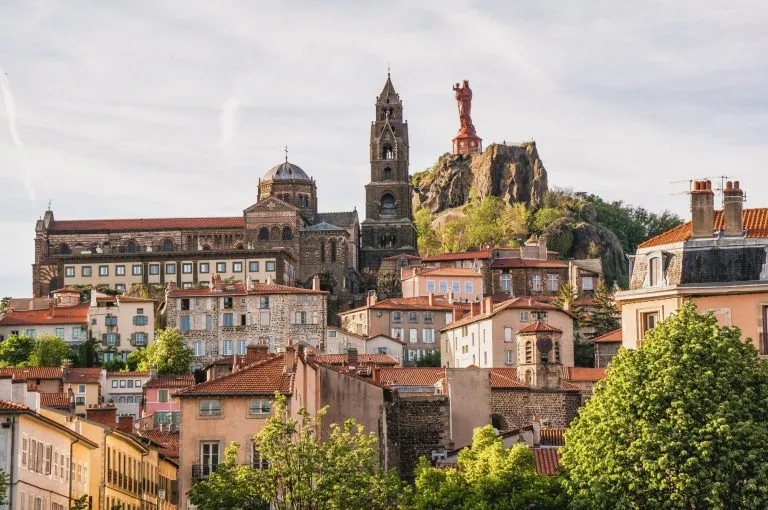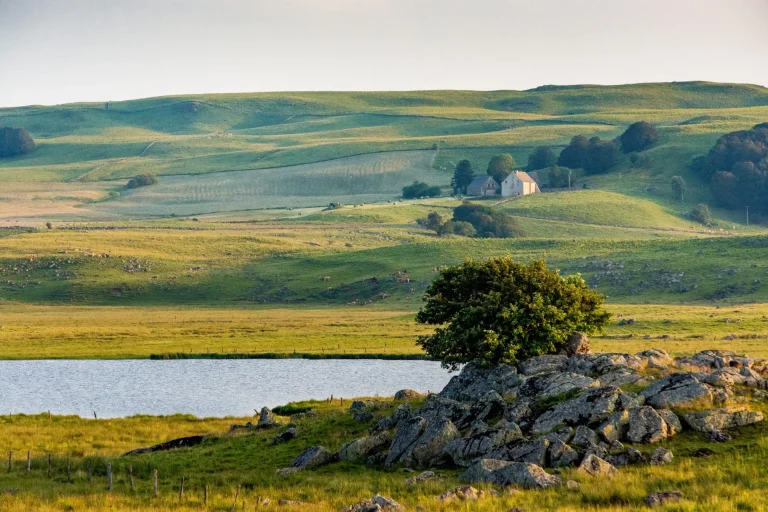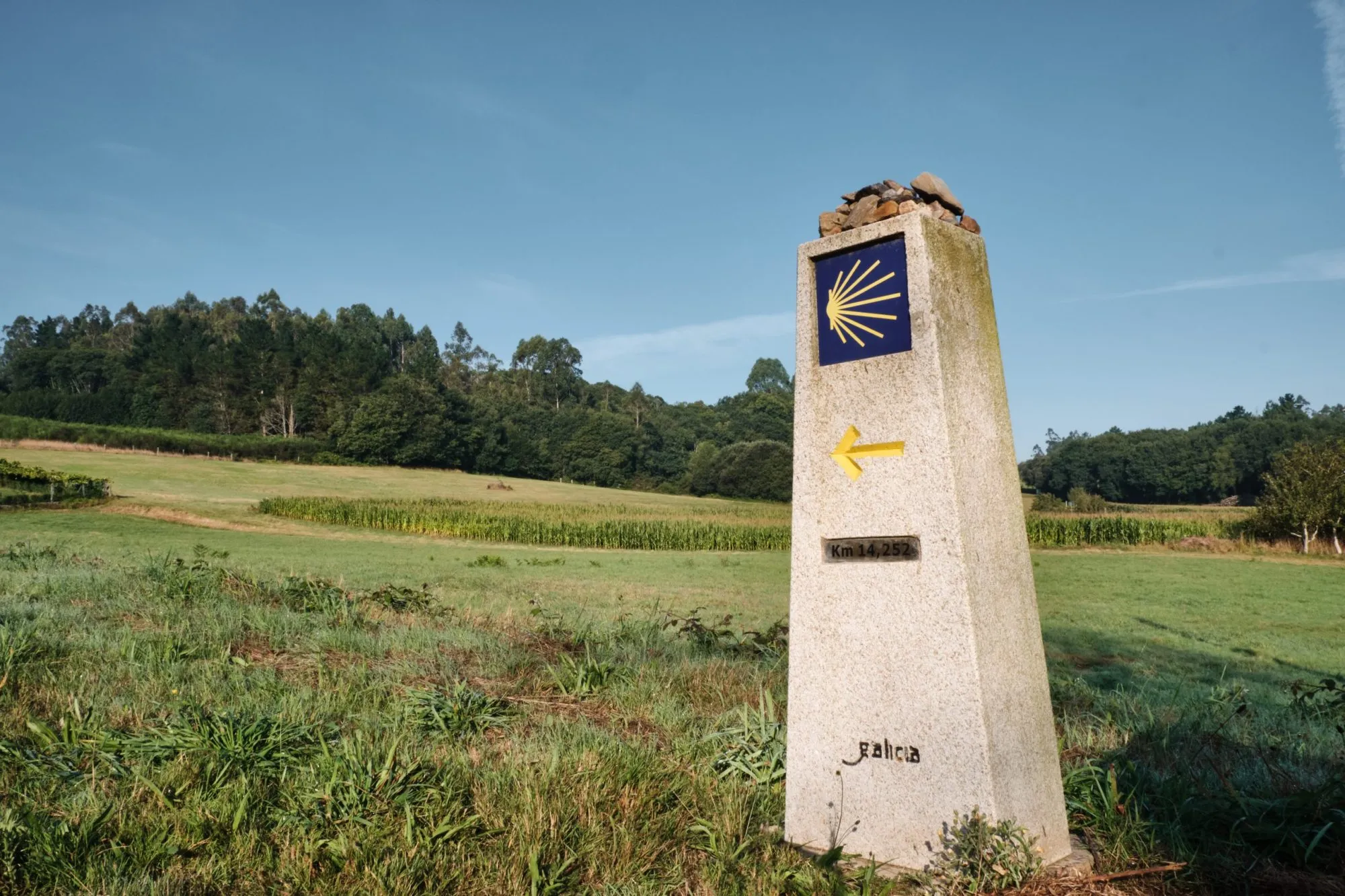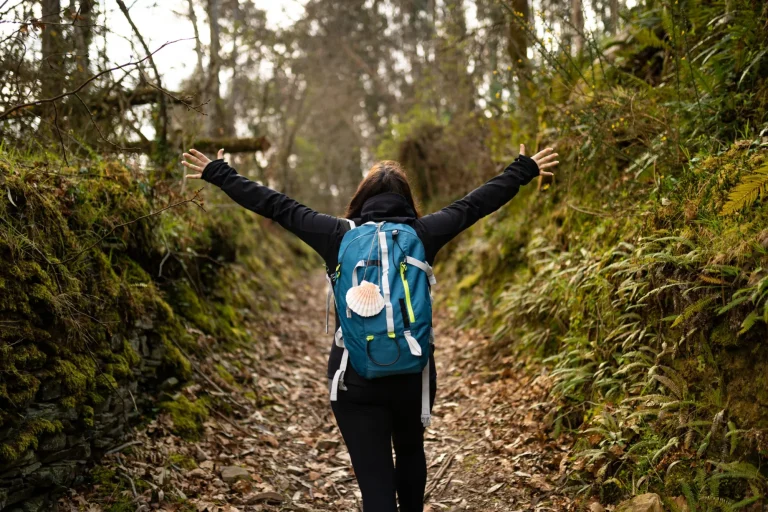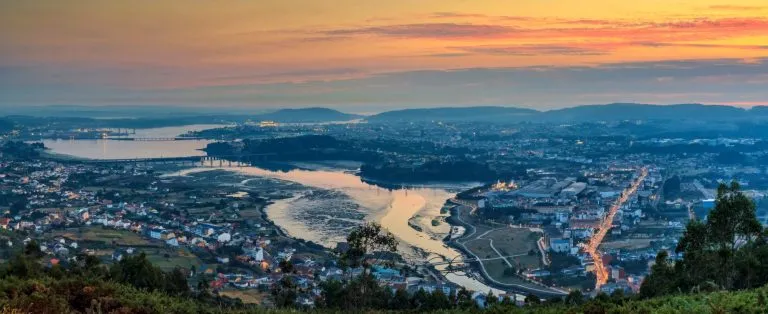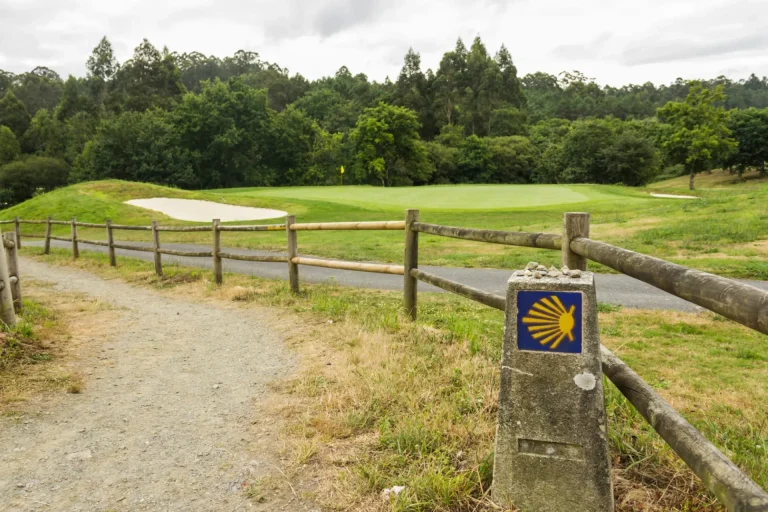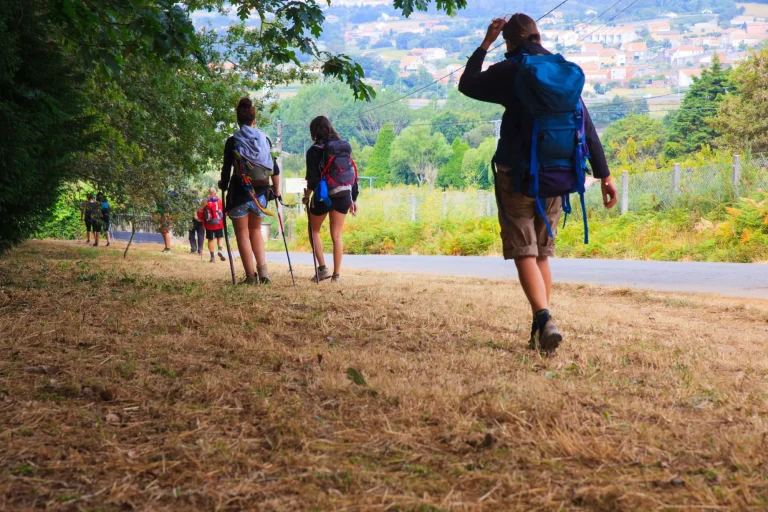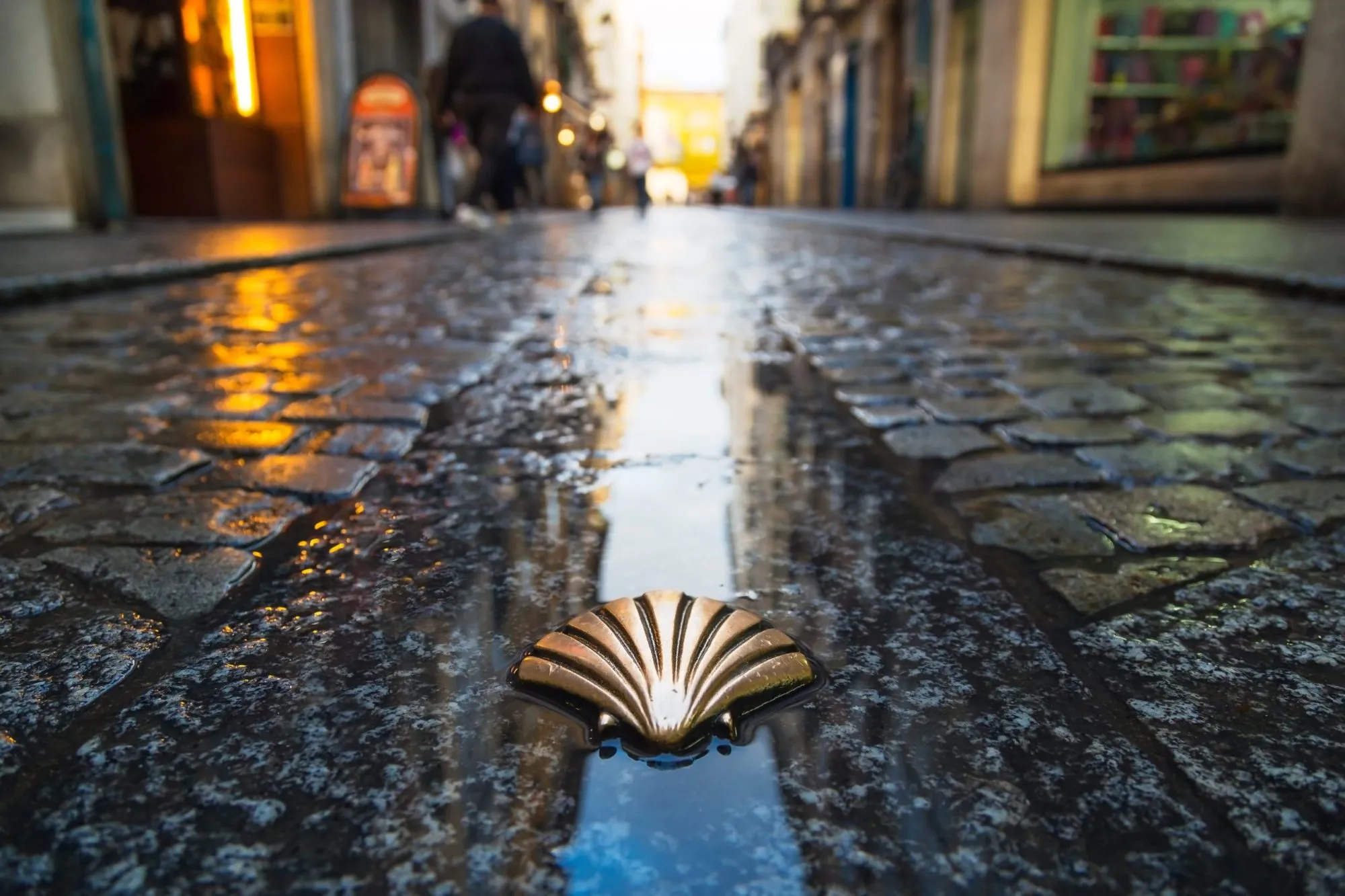
Camino de Santiago Luxury Tour
Immerse in the quintessential splendor of the Camino Frances across a captivating 100 km journey
Relish the serene beauty and gastronomic riches of rural Galicia
Stroll through the historic, cobblestone streets of enchanting towns like Sarria
Conclude your pilgrimage in Santiago de Compostela, an epicenter of architectural grandeur
Embrace the most iconic stretch of the renowned Camino Frances
Discover the vibrant essence of life in quaint rural towns like Portomarin and Rua
Itinerary
Begin your luxurious Camino journey in Sarria, a town steeped in history and charm. Stroll through its narrow streets, visit the Church of Santa Mariña to admire its Romanesque architecture, and savor exquisite local cuisine in Sarria’s upscale restaurants. Enjoy a serene walk along the River Sarria, and settle into your opulent hotel, offering the finest comforts and a perfect start to your pilgrimage.


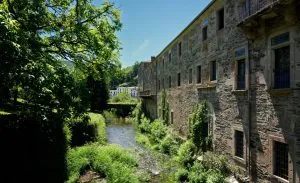
Set off through serene oak forests to the historic village of Barbadelo, where a remarkable Romanesque church awaits. As you continue to Portomarín, the day’s walk unveils scenic landscapes and cultural treasures. Your evening is spent in a hotel in Portomarín, where comfort and elegance are paramount. Unwind in the lavish surroundings, reflecting on a day rich in natural beauty and historical discovery.
21 km



Journey from Portomarín, ascending through landscapes fragrant with broom and heather. Visit the Romanesque Church of Santa María in Castromaior and the church in Eirexe, each adorned with unique historical and artistic treasures. As you pass through charming hamlets like Gonzar and Ventas de Narón, the serene Serra de Ligonde unfolds before you. Your stay in Palas de Rei, a town visited by Emperor Charles V, is marked by opulent accommodation, blending royal history with modern luxury.
25 km

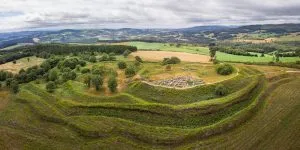

Venture on a leisurely walk to Melide through picturesque villages and eucalyptus-scented paths. Melide, a town celebrated for its culinary heritage, especially its famed octopus dishes, welcomes you with a luxurious hotel stay. Here, you’re treated to exceptional service and gourmet dining, offering a perfect blend of comfort and local flavor.
15 km


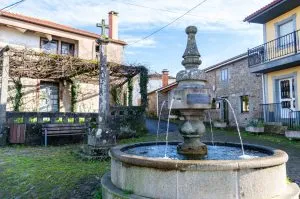
Your path weaves through historic bridges and serene hamlets en route to Arzúa. In this region known for its delicious cheeses, your accommodation in Arzúa is a premium hotel, epitomizing Galician elegance and hospitality. Enjoy a restful night in sumptuous surroundings, savoring the tranquility and warmth of rural Spain.
13 km
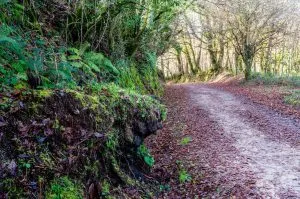


The journey from Arzúa leads you through peaceful woods and picturesque villages. In Rúa, a tranquil and less-traveled village, your luxurious retreat awaits. Here, comfort and tranquility are yours in an environment that perfectly captures the essence of the Camino’s peace and serenity.
19 km
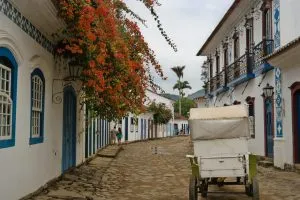


On this final day, trace a path rich in history to Santiago de Compostela. In this UNESCO World Heritage Site, your accommodation is a lavish hotel, a harmonious blend of Santiago’s historical grandeur and contemporary luxury. Explore the city’s rich culture and architecture, culminating your journey in grandeur and style.
18 km
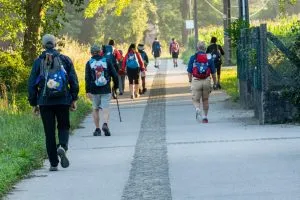

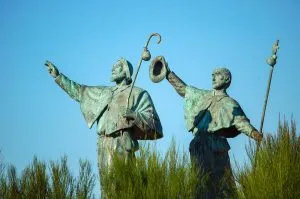
Conclude your journey in the historic city of Santiago de Compostela. Spend your day exploring the city’s rich cultural heritage, visiting the majestic Santiago Cathedral, and savoring traditional Galician dishes. Reflect on your transformative journey in luxurious accommodations before preparing for your departure.
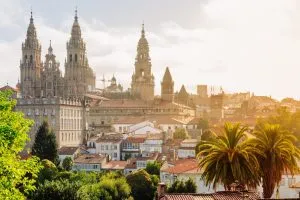

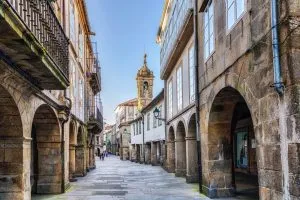
Pricing
Included in price
Tour design and organization
GPS navigation with an easy-to-use app
7x accommodation with breakfast in 4/5* hotels or deluxe country guest houses
Luggage transfer
24/7 service and support during your holidays
Description
Take it up a notch with an opulent exploration of the final 100 km of the Camino Frances, elegantly weaving through Galicia’s lush heart from Sarria to Santiago de Compostela.
This route, crafted for those seeking the Camino’s luxurious quintessence in a shorter timeframe, brims with the rich tapestry of Spanish culture, history, and natural splendor.
Commence in Sarria, a town echoing with anticipation and heritage. The path meanders through serene woodlands and charming Galician villages, each step an encounter with rural warmth and gastronomic delights.
Palas de Rei offers a culinary journey, especially renowned for its octopus dishes, while each stride towards Arzua introduces you to landscapes adorned with eucalyptus and the region’s celebrated cheeses.
Your pilgrimage culminates in Santiago de Compostela, where the majestic Cathedral stands as a testament to your journey’s perseverance and faith.
This deluxe package promises a seamless and enriching pilgrimage. You will be accommodated in the finest hotels, providing nights of restful luxury.
Daily luggage transfers alleviate your journey’s physical demands, allowing you to stroll with ease. Around-the-clock support ensures a worry-free experience complemented by GPS navigation and a comprehensive travel booklet, enriching your path with insightful narratives and tips.
Discover the soul of the Camino Frances in this final stretch, where every step narrates a story, and each view paints a canvas of Spain’s splendid heritage.
Location
Start planning today!
Things to know
Absolutely, many people embark on the Camino as solo travelers. There is a unique appeal in starting the Camino alone, as the journey’s nature often leads to forming new friendships with other pilgrims along the way. Walking alone offers flexibility and freedom in your schedule, allowing you to start and stop as you please and bond with a diverse range of people. Additionally, many find that starting the journey alone enhances the personal and spiritual aspects of the Camino experience.
The ideal times for walking the Camino are April/May, when spring flowers are in bloom, and September/October, known for their pleasant colors. The summer months (June, July, August) can be quite hot, which may be challenging for those unaccustomed to walking in high temperatures. Conversely, winter months see a significant drop in temperatures and some accommodations may close for the season.
The Camino routes, particularly the Camino Francés, Le Puy, and Camino Portugués, are well-marked and easy to navigate. The paths are marked with two main symbols: a yellow arrow or a seashell. These symbols guide you through every turn and twist of the path, making it straightforward to follow the routes. This excellent waymarking means that even those who are not experienced hikers can confidently navigate these routes without the fear of getting lost.
If you find yourself unable to walk a stage for any reason, there are several alternatives available. Public transport, such as buses or trains, may be accessible to help you reach the next destination. Alternatively, you can request the hotel reception to arrange a taxi for you. It’s important to listen to your body and utilize these options if needed, ensuring a comfortable and enjoyable journey.
The Camino offers a gastronomic adventure, with each region presenting its distinct cuisine. Even the smallest villages en route typically have restaurants or shops where you can purchase food. The ‘Menu del Dia’ (Pilgrim’s Menu of the Day) is a common and affordable option available along the Camino, usually including a starter, main course, dessert, bread, and local wine. The Camino Francés has numerous places for lunch. However, on quieter routes, it’s advisable to plan ahead and carry provisions, especially for remote sections. Also, note that in Spain, dinner is often served later in the evening, so it’s useful to have snacks for the interim period after a day’s walk.
You can read more thoroughly about food in our comprehensive guide about Camino de Santiago.
While it’s possible to complete the Camino with minimal physical preparation, preparing beforehand can significantly enhance your experience. Activities like hill walking or aerobic exercises in the months leading up to your trip are recommended. For cycling the Camino, comfort with cycling 60km daily over varied terrain is ideal. Starting with a moderate fitness level is beneficial, but for those starting from a lower fitness base, it’s crucial to begin training slowly and steadily increase intensity. Regular exercise, including walking, running, cycling, or swimming, and incorporating longer weekend activities with some hills, can greatly aid in preparing for the Camino.
Luggage transfers are arranged to move your bags from your current accommodation to the next overnight stop as per your itinerary. You are generally required to leave your bags at the accommodation reception by 08:00, and they will be delivered to your next stop before 17:00. This service allows you to walk unencumbered by heavy luggage, enhancing your walking experience.
While many travelers opt for baggage transfer for convenience, carrying your own bags is also a choice for those seeking a more traditional pilgrim experience. If you opt to carry your bags, packing light is essential, and you may need to do occasional laundry. Alternatively, the baggage transfer service can provide the comfort of a lighter load and a wider range of clothing options.
The Camino routes, especially the Camino Francés, are known to have good mobile signal coverage, considering their somewhat remote nature. However, it’s important to note that there might be occasional areas with weak or no signal, particularly in more secluded or mountainous sections. The coverage is generally better on the more popular routes and sparser on less-traveled paths. It’s recommended to inform loved ones about these possible communication gaps and to plan accordingly.
Walking the Camino as a solo female traveler is generally considered safe. The locals along the Camino routes are known for being respectful and helpful towards pilgrims. It is, however, always prudent to take standard safety measures, such as concealing valuables, particularly in larger cities. The Camino Francés, being the most popular route, is often recommended for solo travelers who may feel apprehensive, as it tends to have more fellow travelers to accompany you. Nonetheless, it’s always advisable to stay aware of your surroundings and exercise the usual travel safety precautions.
Yes, most accommodations in larger towns and cities along the Camino offer Wifi access. Be aware that in some places, there might be charges for using Wifi. However, in more rural and remote locations along the Camino, Wifi access becomes sparse. You may occasionally find Wifi in local cafes or eateries along the route, but it’s not guaranteed. It’s advisable for travelers to prepare for limited internet access in these areas and perhaps download necessary information or maps in advance.
The most challenging part of the Camino Francés is the first section, starting from St Jean Pied de Port, which involves navigating through the Pyrenees. This section includes steep inclines and declines and is considered the toughest part of the entire route. The first day’s walk is particularly demanding, with a majority of uphill walking. However, the breathtaking scenery and tranquil environment make the effort worthwhile.
Access to drinking water is relatively easy along the Camino. The tap water in Spain is safe to drink, though it may not always taste pleasant. Bottled water is readily available for purchase, and there are numerous water fountains along the route, as noted in guidebooks. Uniquely, there’s even a wine fountain on the Camino!
If you’ve arranged for a private transfer through a service like Macs Adventure, the journey from Santiago Airport to Sarria typically takes around 1.5 hours. This direct route is a convenient option for those looking to start their Camino experience smoothly, especially after a long flight.
Customization of your Camino journey is possible, with options including additional rest days, airport transfers, and adjustments to walking itineraries. However, due to limited accommodation options in certain areas, it might not be feasible to modify every single itinerary detail. It’s best to consult with Camino travel specialists to tailor your trip according to your preferences and needs.
The Camino features a diverse array of paths, making it difficult to characterize by a single type. The journey takes you through a variety of landscapes, from shaded woodlands and picturesque vineyard trails to rolling countryside dotted with medieval villages. There are also urban stretches where you may find yourself walking through less scenic outskirts of cities. This variety is part of the Camino’s unique charm, with each section offering a different experience. Paths range from farm and dirt tracks to minor roads and footpaths.
It’s advisable to book your Camino trip as far in advance as possible due to its high popularity, especially during Holy Year (when July 25 falls on a Sunday) as pilgrim numbers can increase significantly.
While bed bug encounters can occur in shared facilities and hostels along the Camino, the accommodations used by tour operators like Camino de Santiago Tours, typically comprising small hotels and guest houses, maintain high cleanliness standards and are less likely to have bed bug issues. Nevertheless, since bed bugs can be carried by people, there’s a small chance of them appearing in hotels, but such occurrences are quickly addressed by the accommodation providers.
Essential equipment for the Camino includes good walking boots or shoes, lightweight clothing suitable for varying weather conditions, waterproof gear, and a daypack. For a comprehensive list of recommended gear, refer to the information pack provided or consult resources like blogs specializing in Camino preparations.
Once your Camino journey has begun, altering your accommodation bookings and itinerary can be challenging due to the limited availability of alternative lodging on short notice. It’s important to have a well-thought-out plan before starting your walk.
While not essential, having some knowledge of Spanish can significantly enhance your experience on the Camino. Local inhabitants appreciate the effort, and it can facilitate smoother interactions. In Northern Spain, the Camino traverses regions with unique languages and cultures. Acknowledging and respecting these cultural nuances can enrich your journey. For routes outside Spain, like the Camino Portugués and Le Puy, learning basic Portuguese and French phrases can be beneficial for engaging more deeply with locals and fellow pilgrims.
In Santiago de Compostela, Mass is held at two different times: a midday Mass at 12:00 and an evening Mass at 19:30. Both Mass times can attract large crowds, so arriving early is recommended. The service is in Spanish, but attending is highly encouraged to celebrate the completion of your Camino journey.
The Pilgrim’s Passport, or credential, is a document carried by walkers on the Camino de Santiago. It’s typically included in your arrival package, but if not, it’s easily obtainable at pilgrim offices and churches along the route. As you journey to Santiago, you collect stamps in this passport from various locations like bars, hotels, churches, and even police stations. Upon reaching Santiago, presenting this passport at the Pilgrim Office certifies your pilgrimage, earning you the Compostela certificate if you’ve walked the last 100km. For other trail sections, the passport serves as a colorful and memorable souvenir of your journey.

Self-guided
Why travel with Camino de Santiago Tours?
HASSLE-FREE
BOOK WITH CONFIDENCE
TRIED & TESTED ADVENTURES
UNBEATABLE SUPPORT
Similar Camino de Santiago Self-Guided Tours



